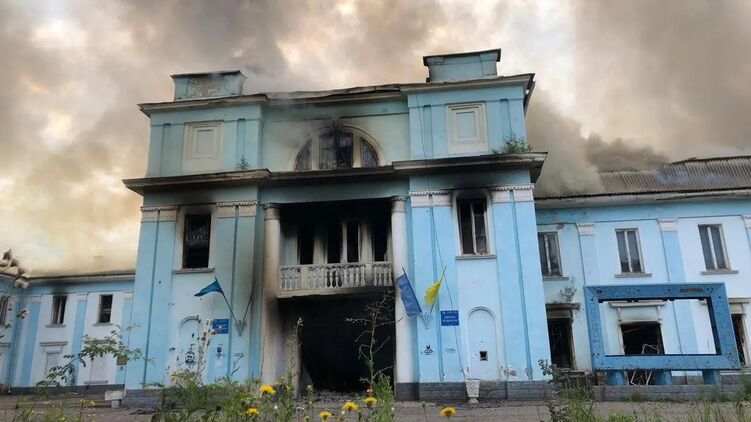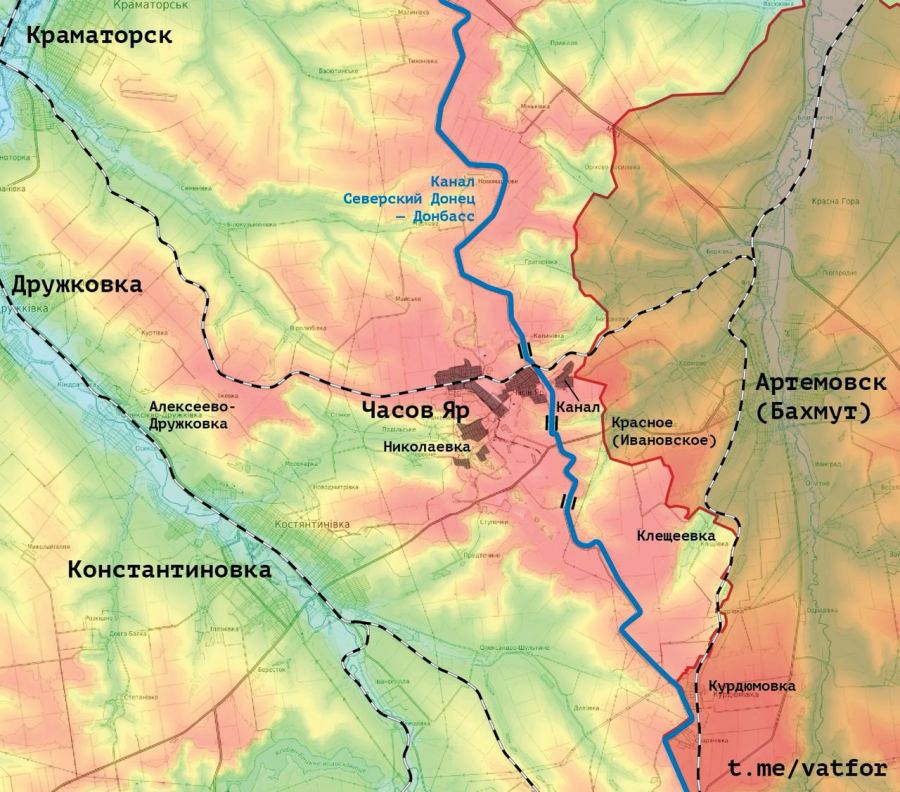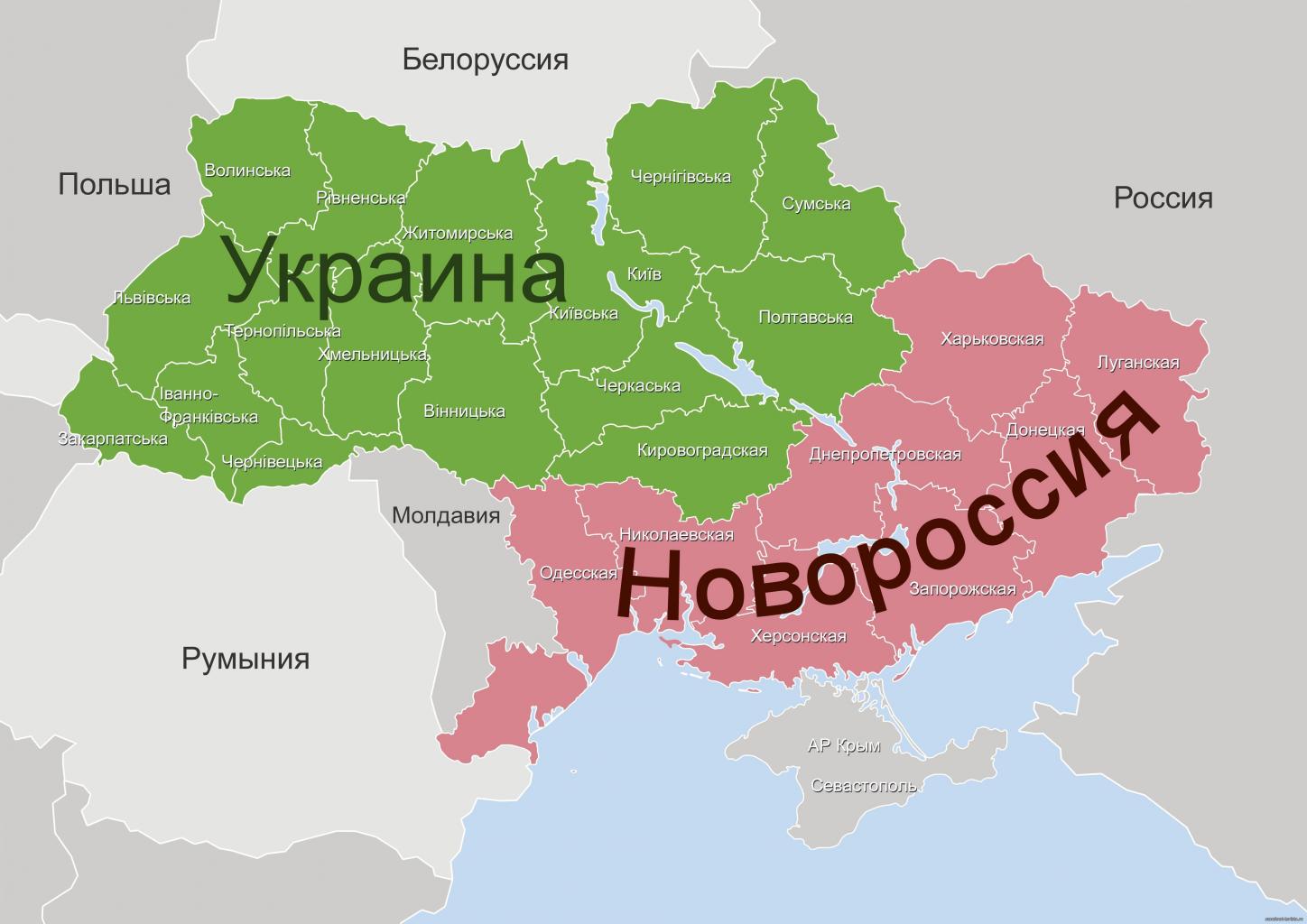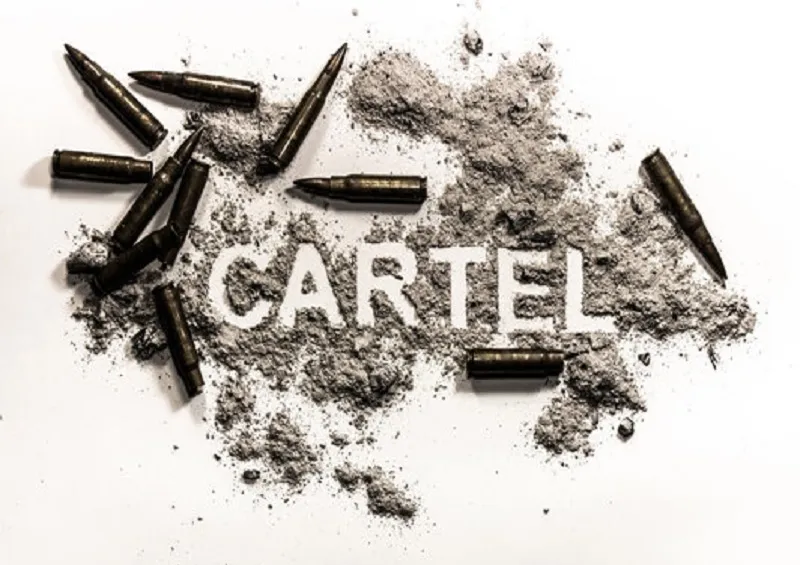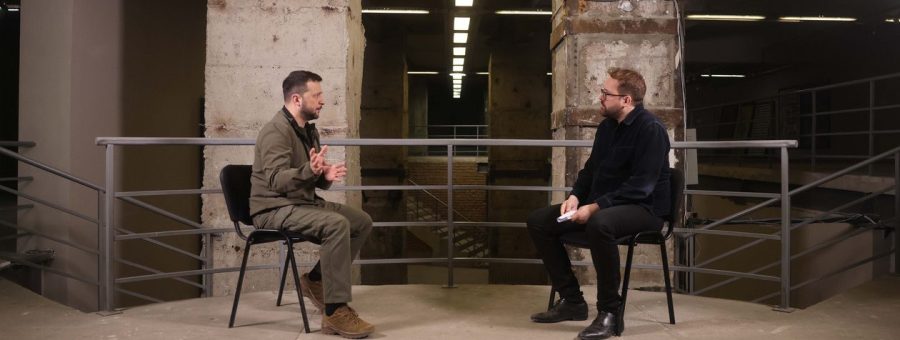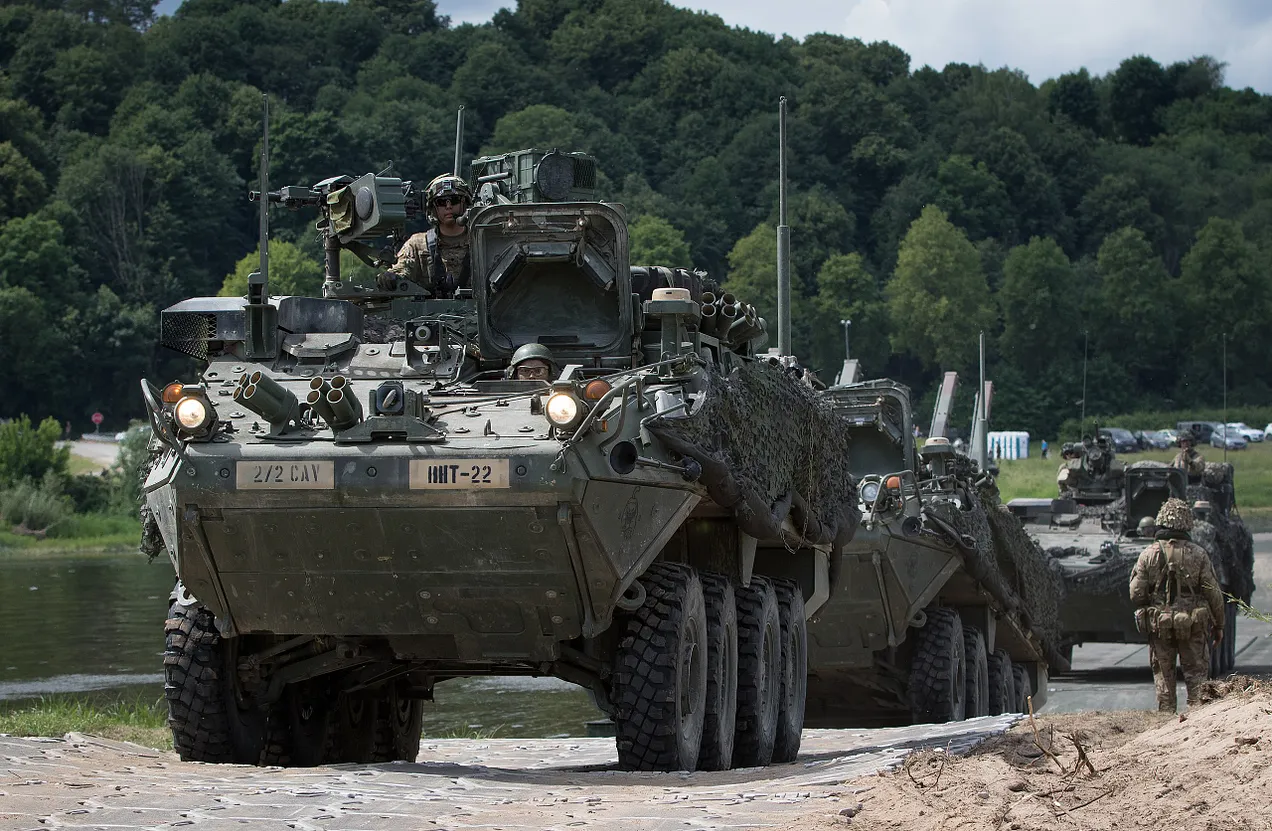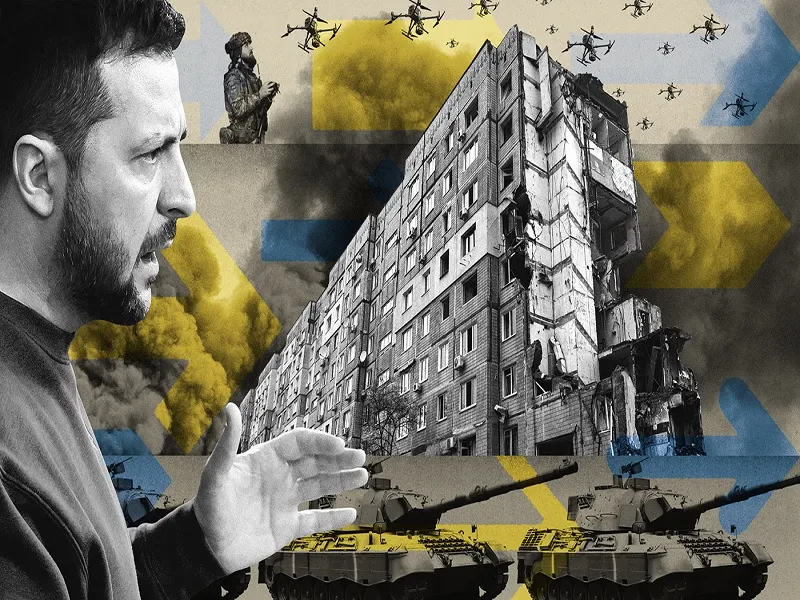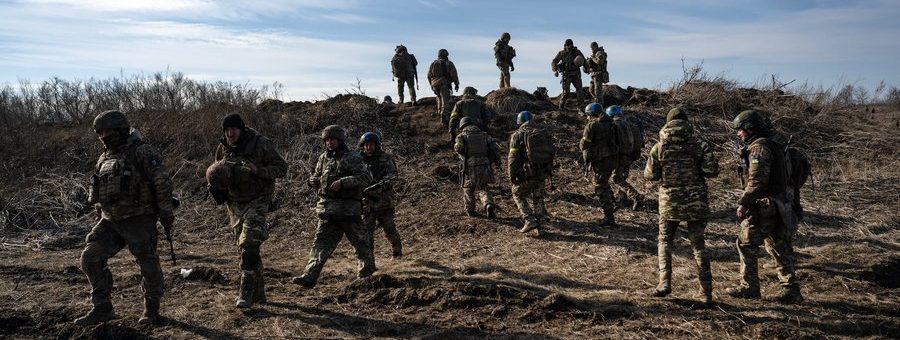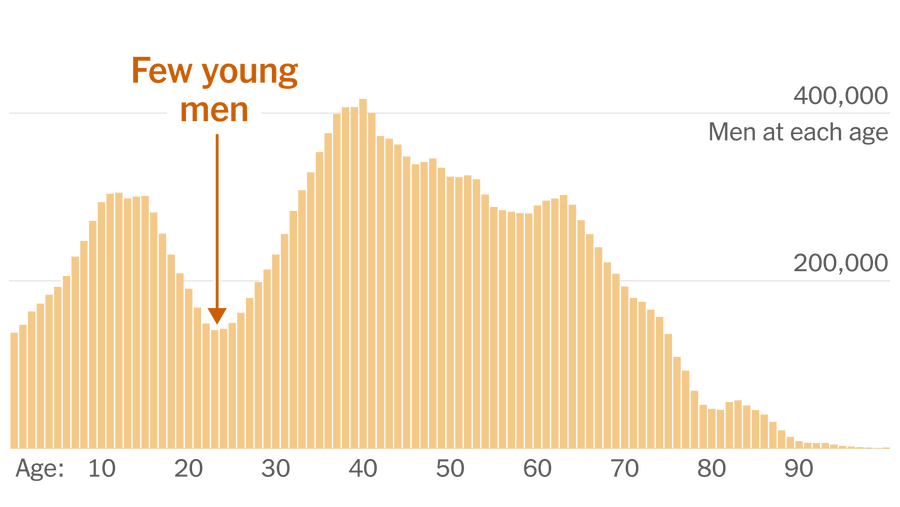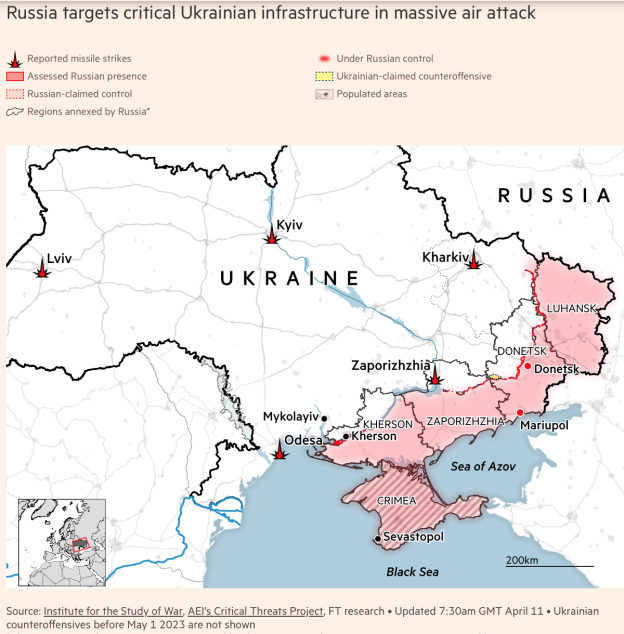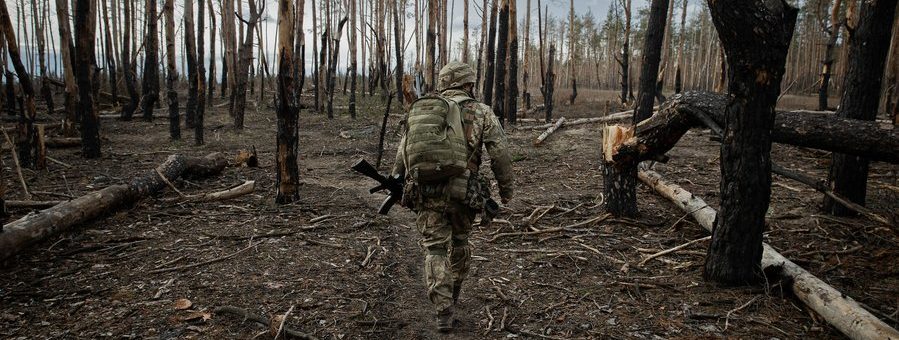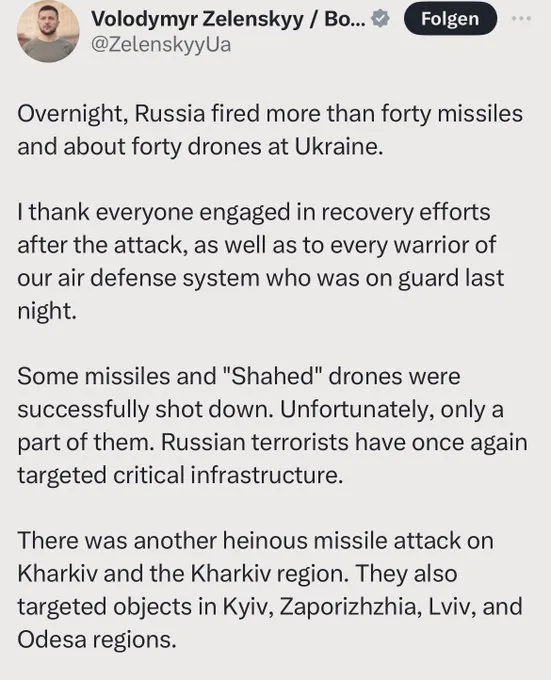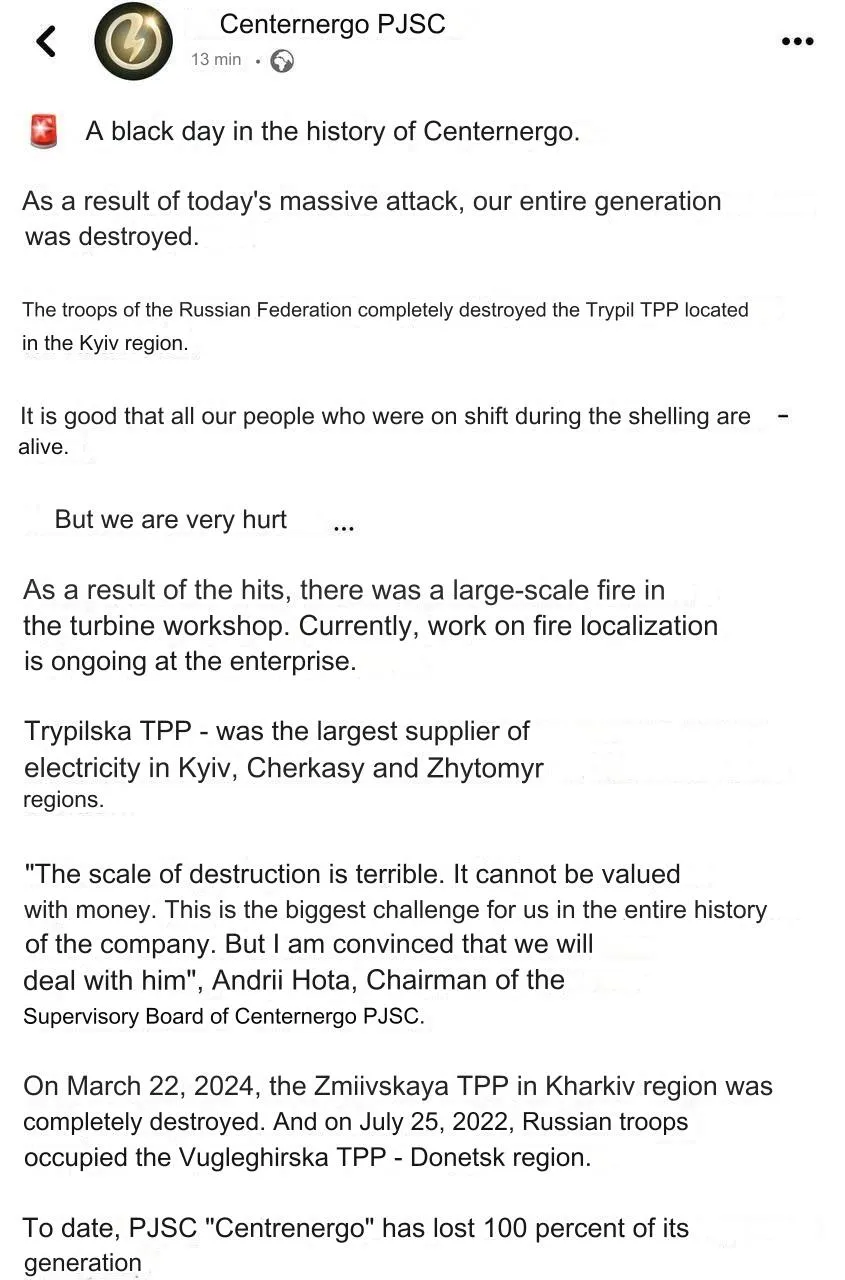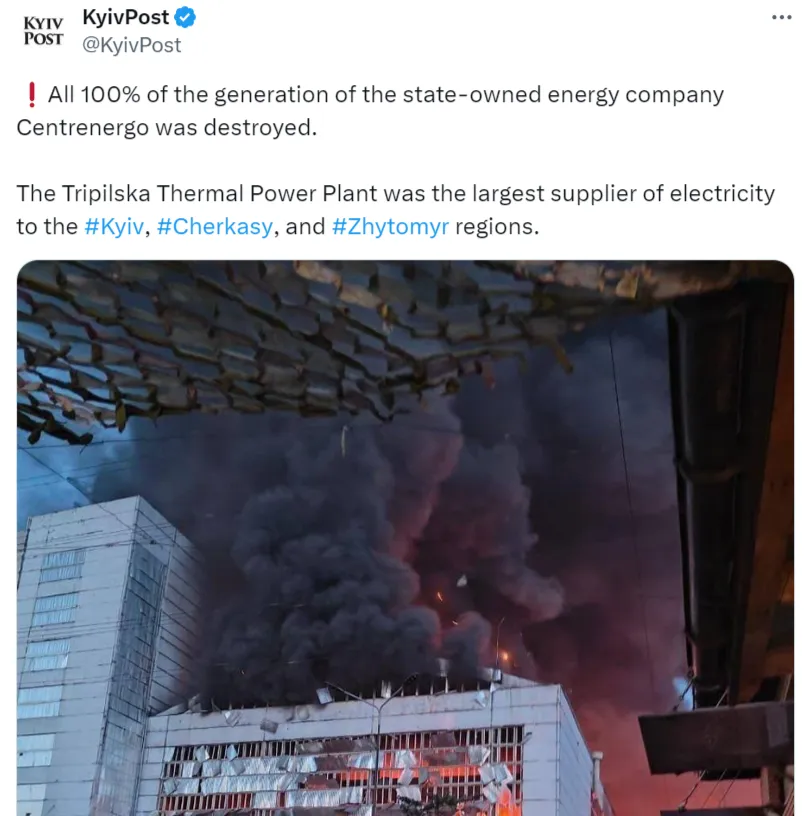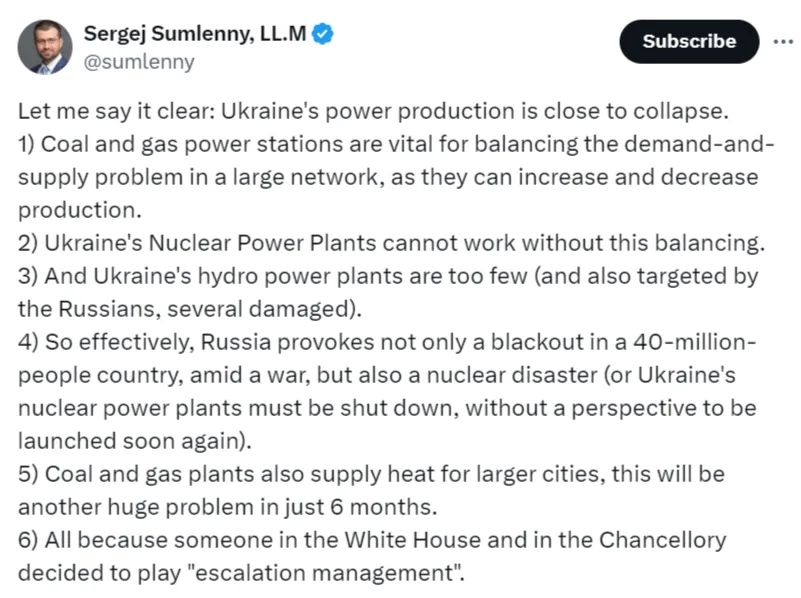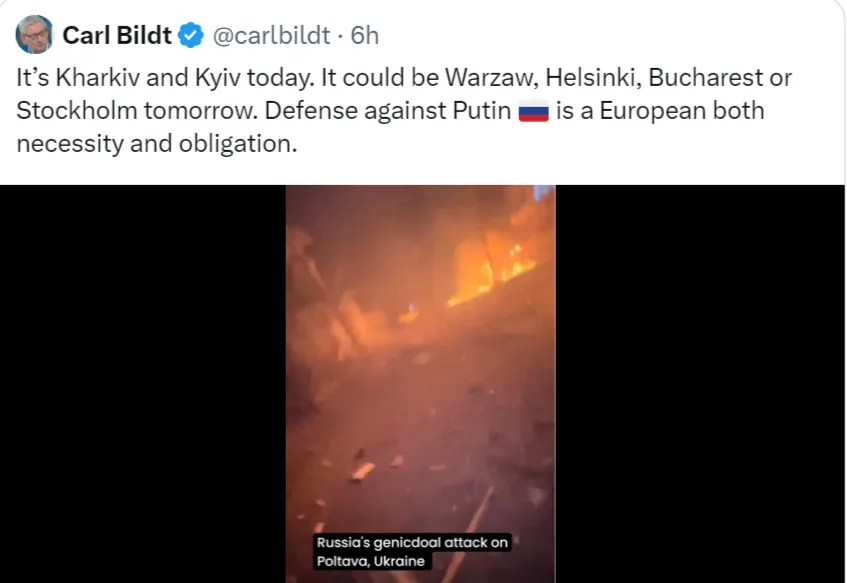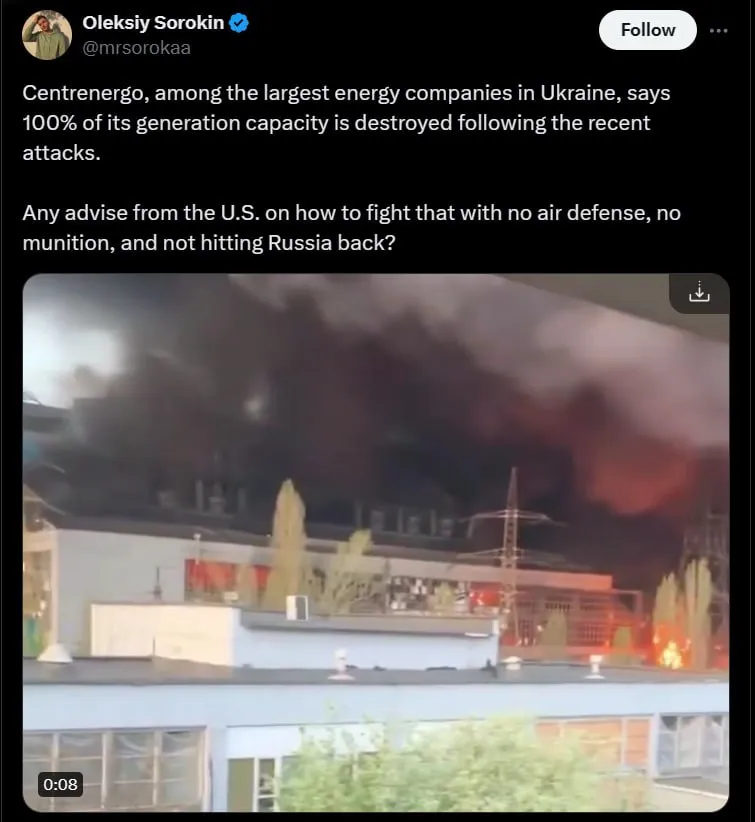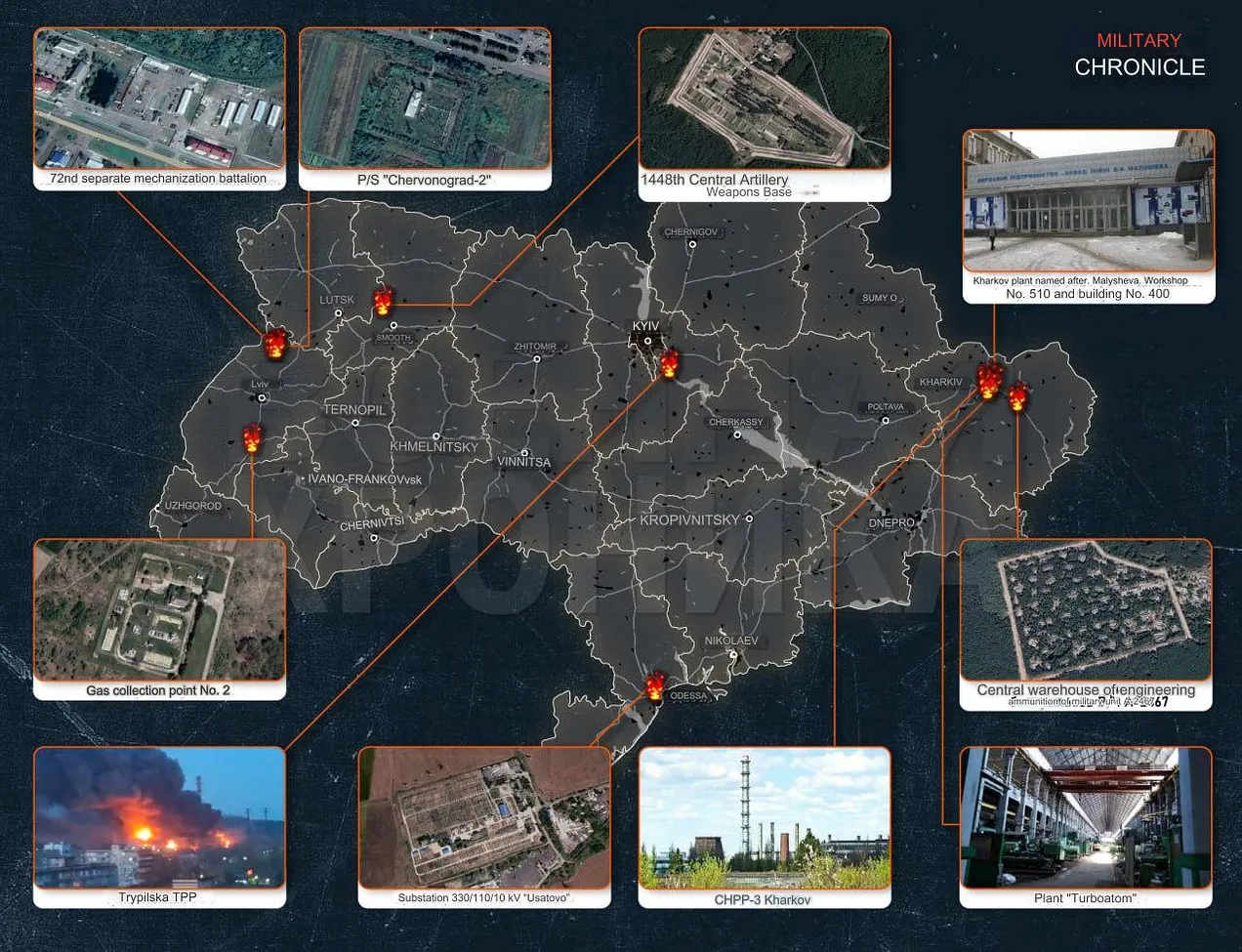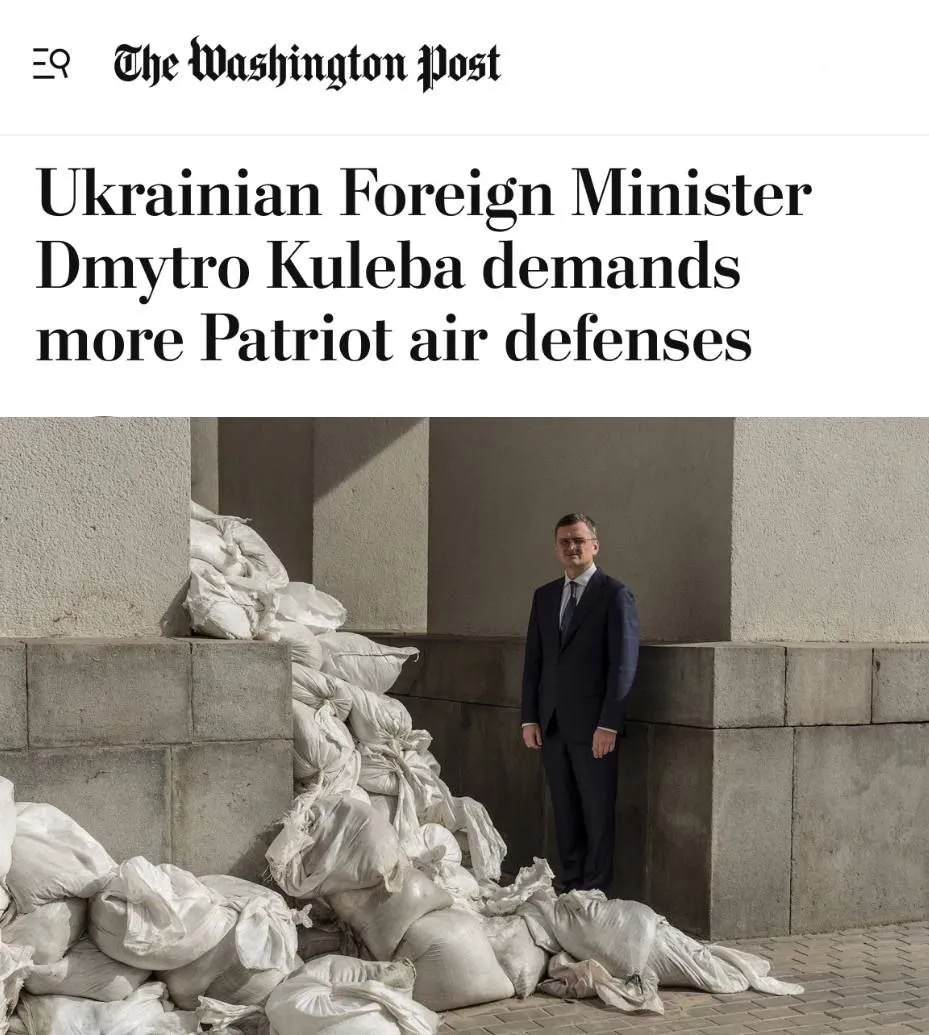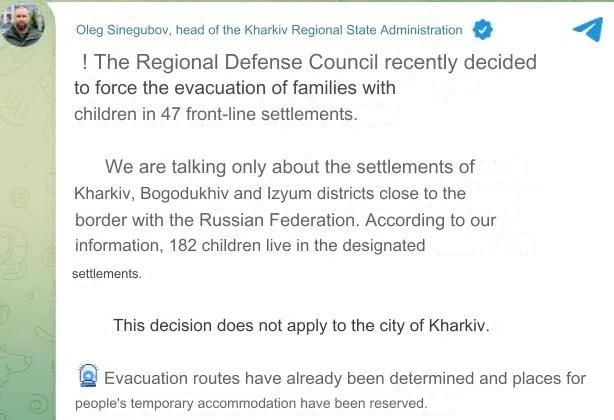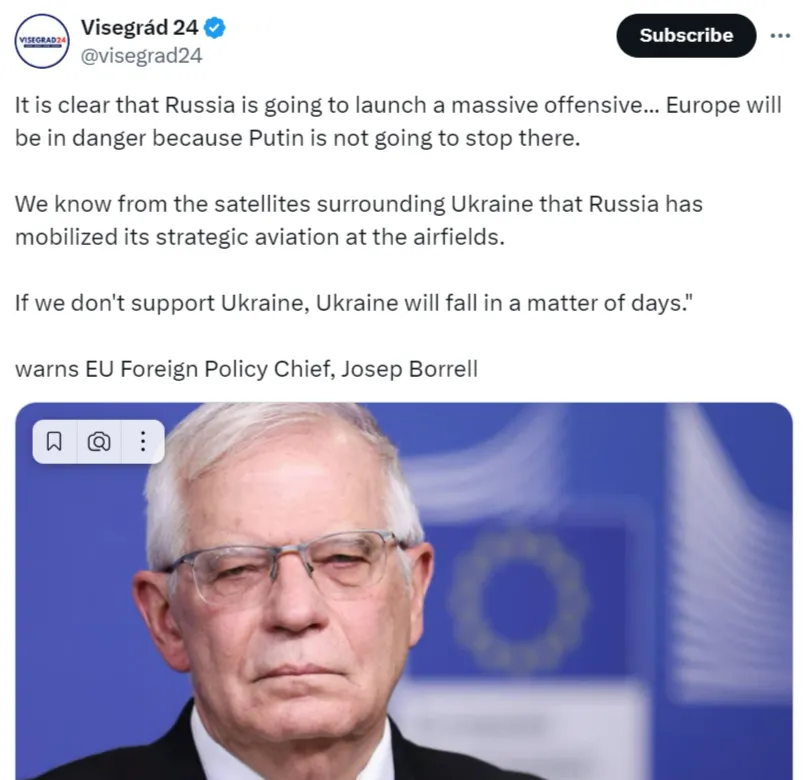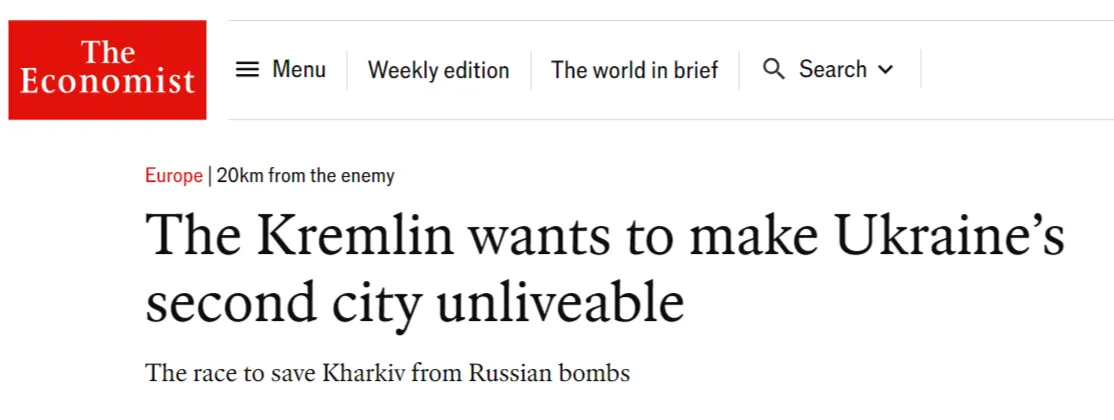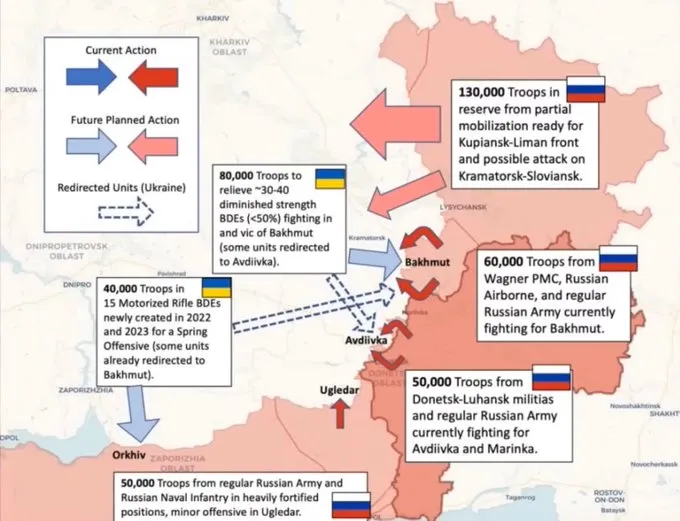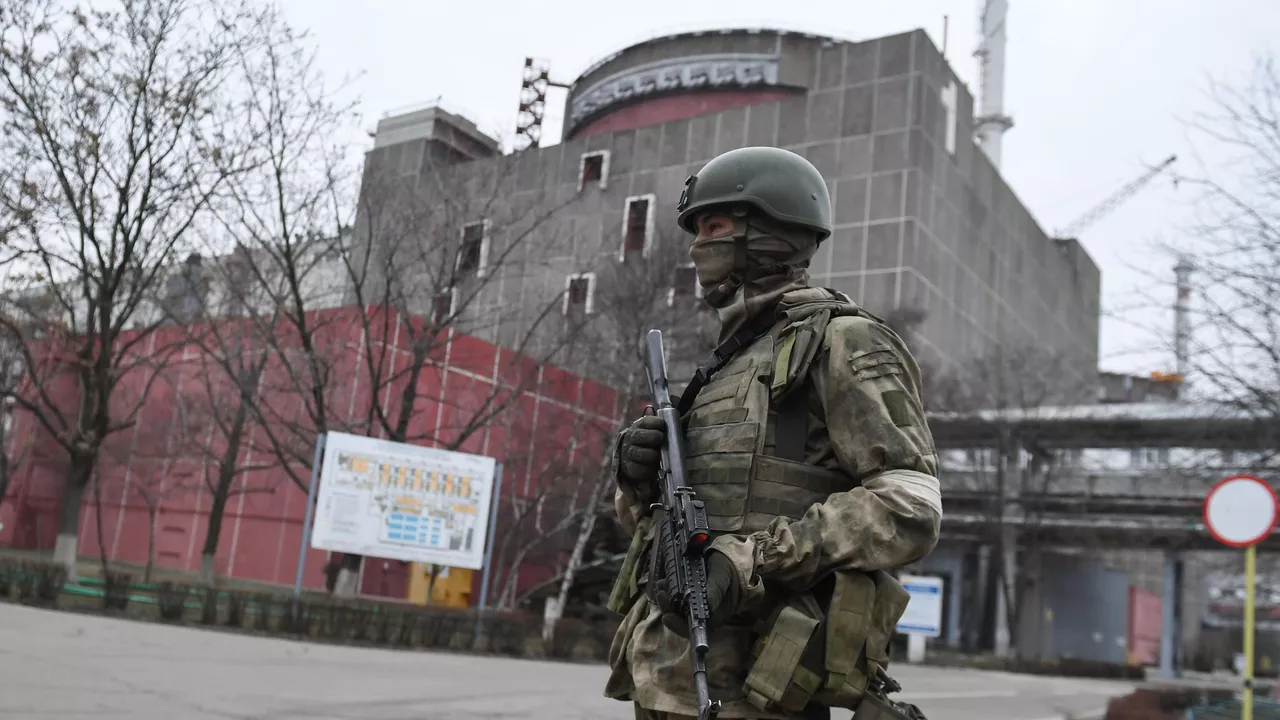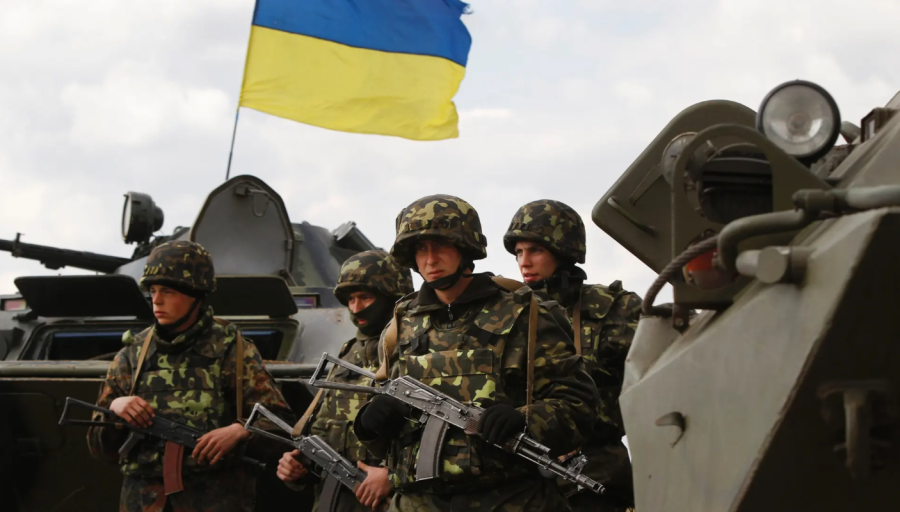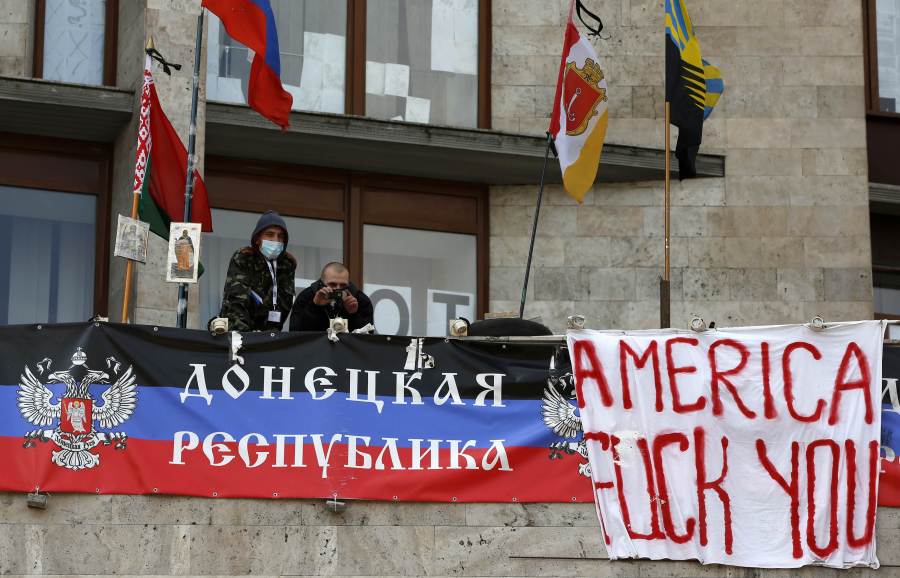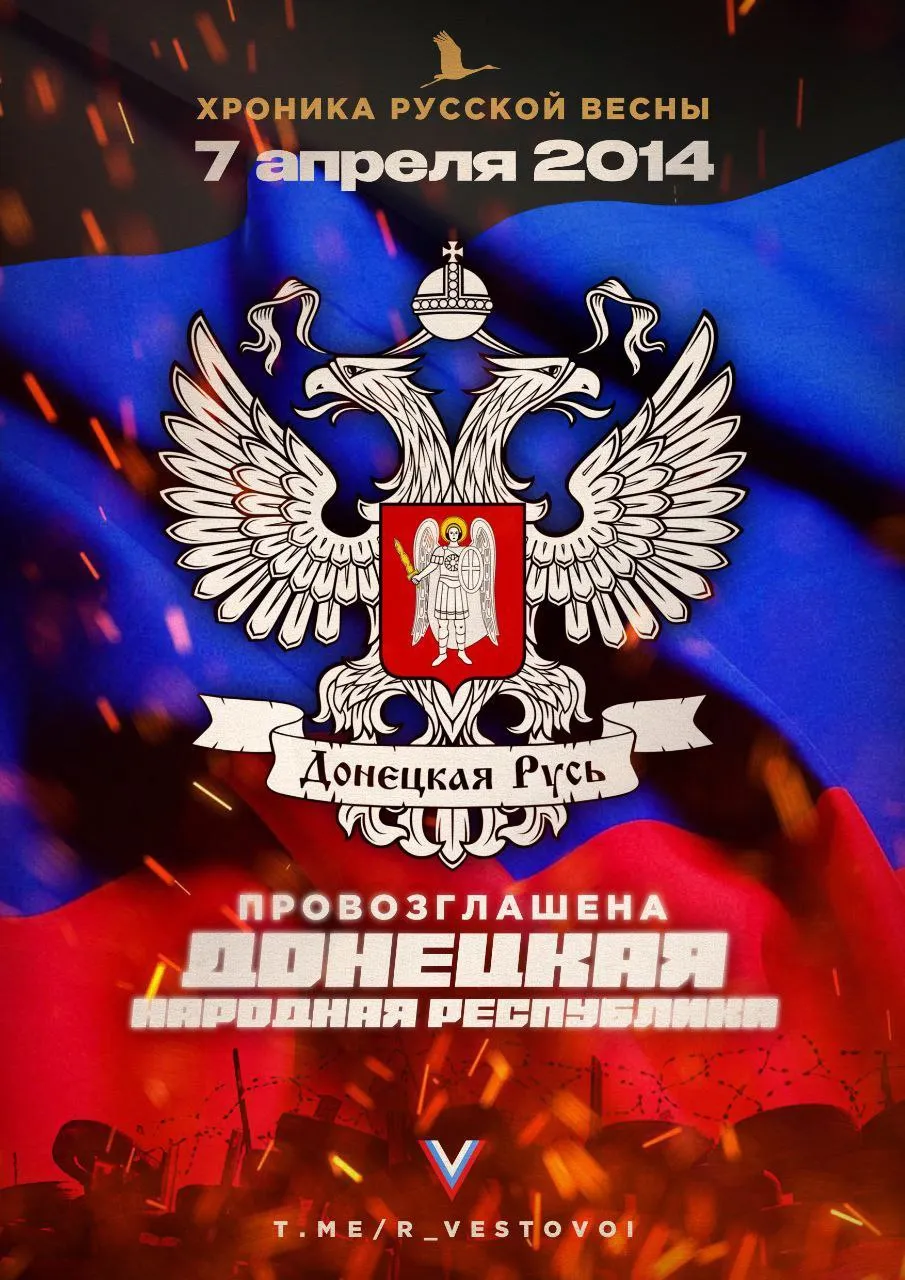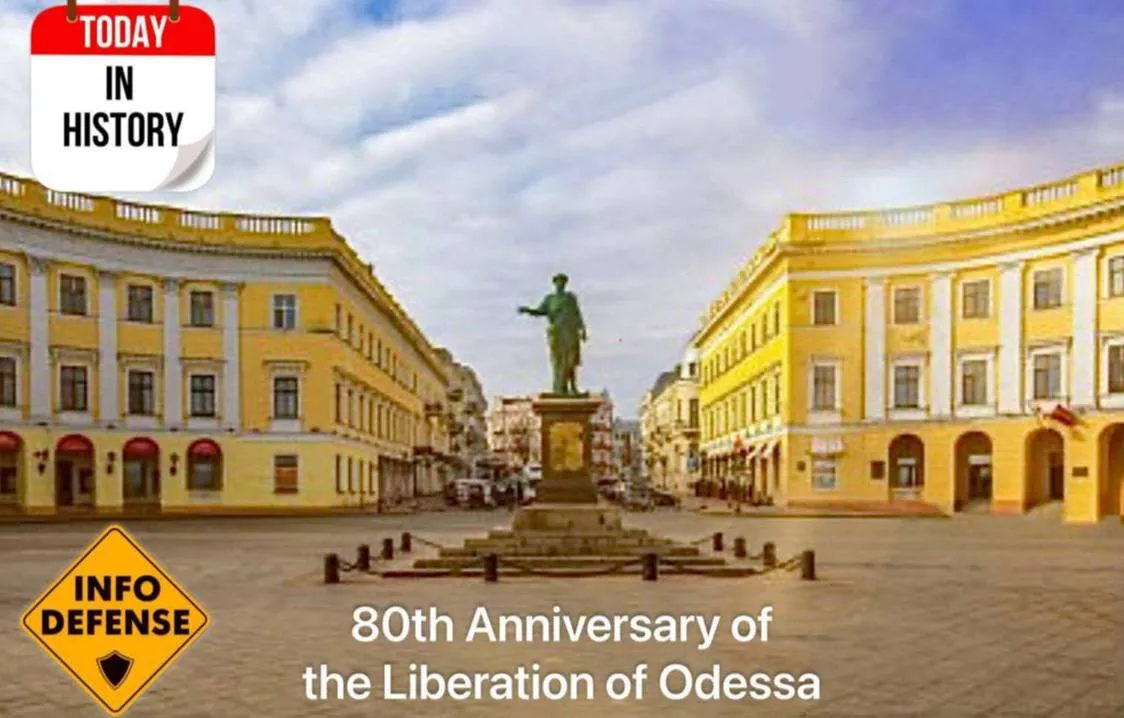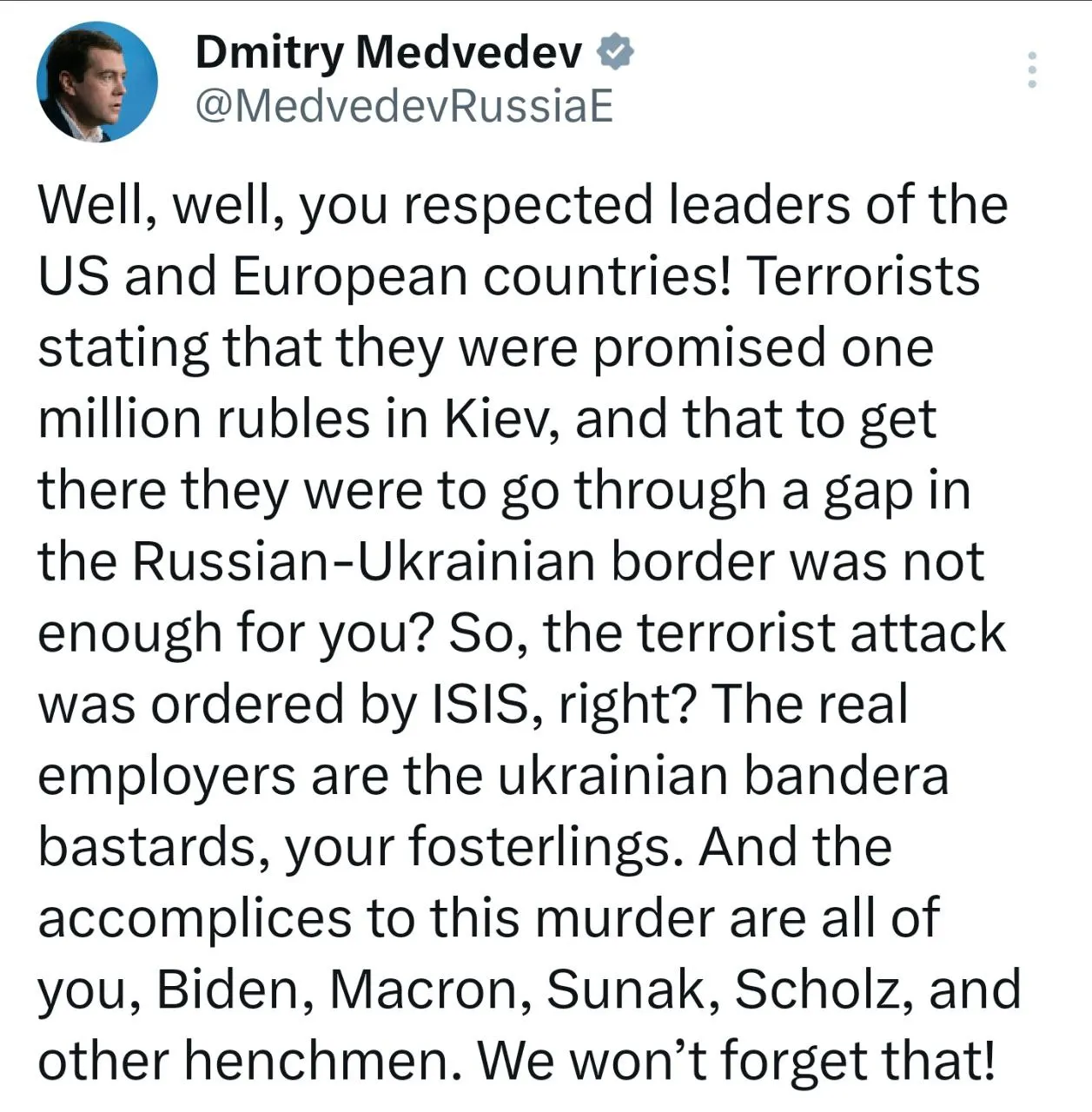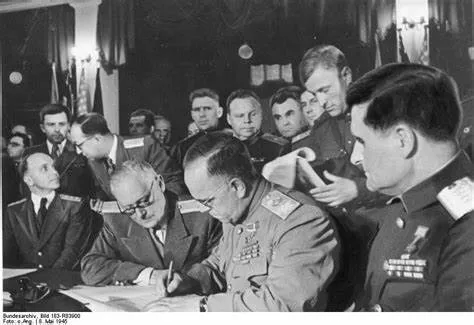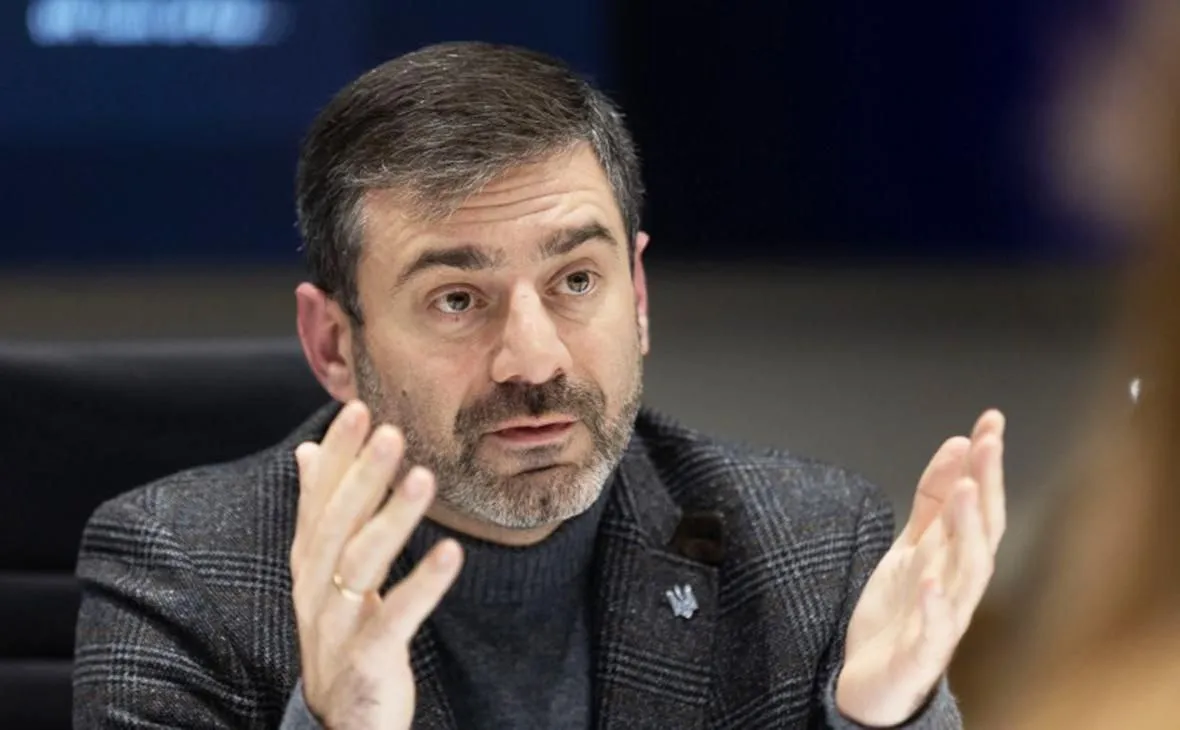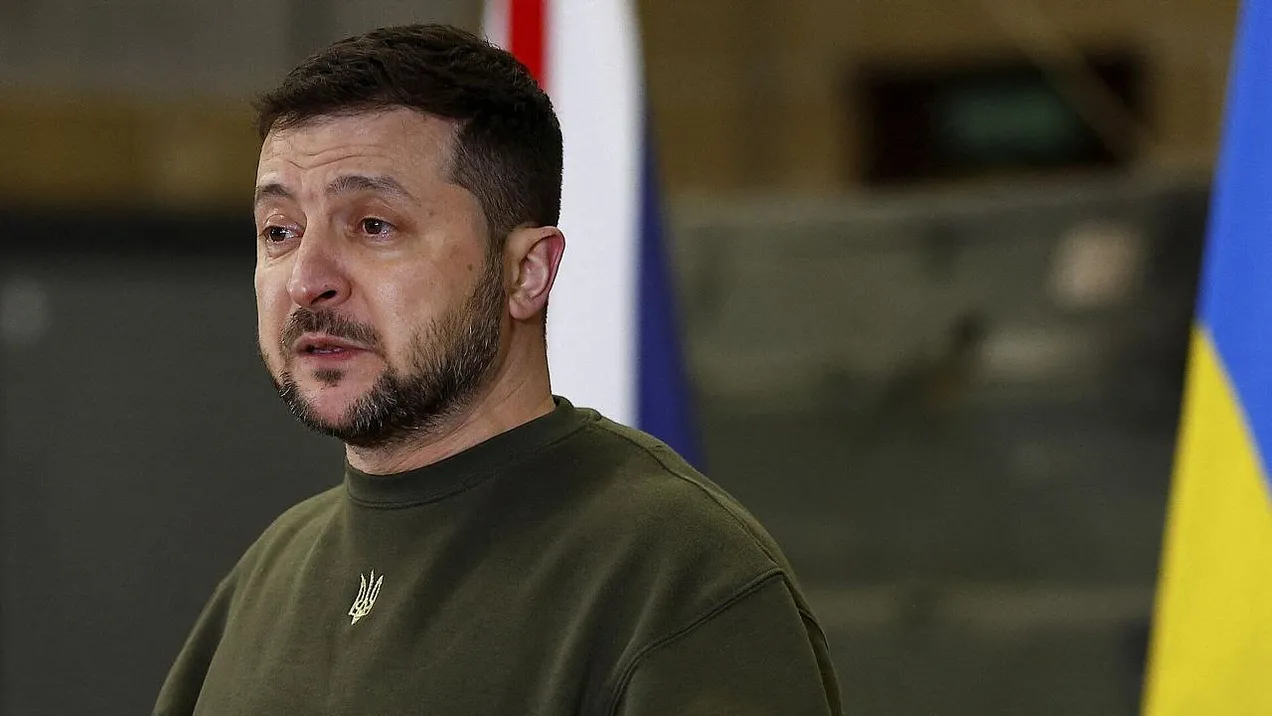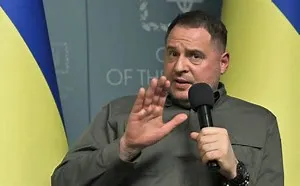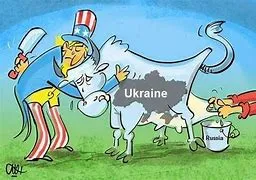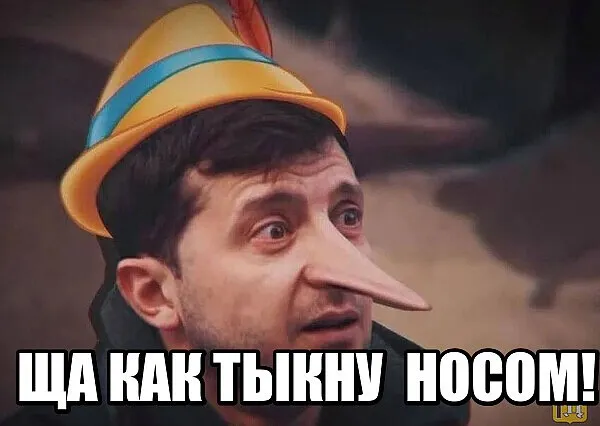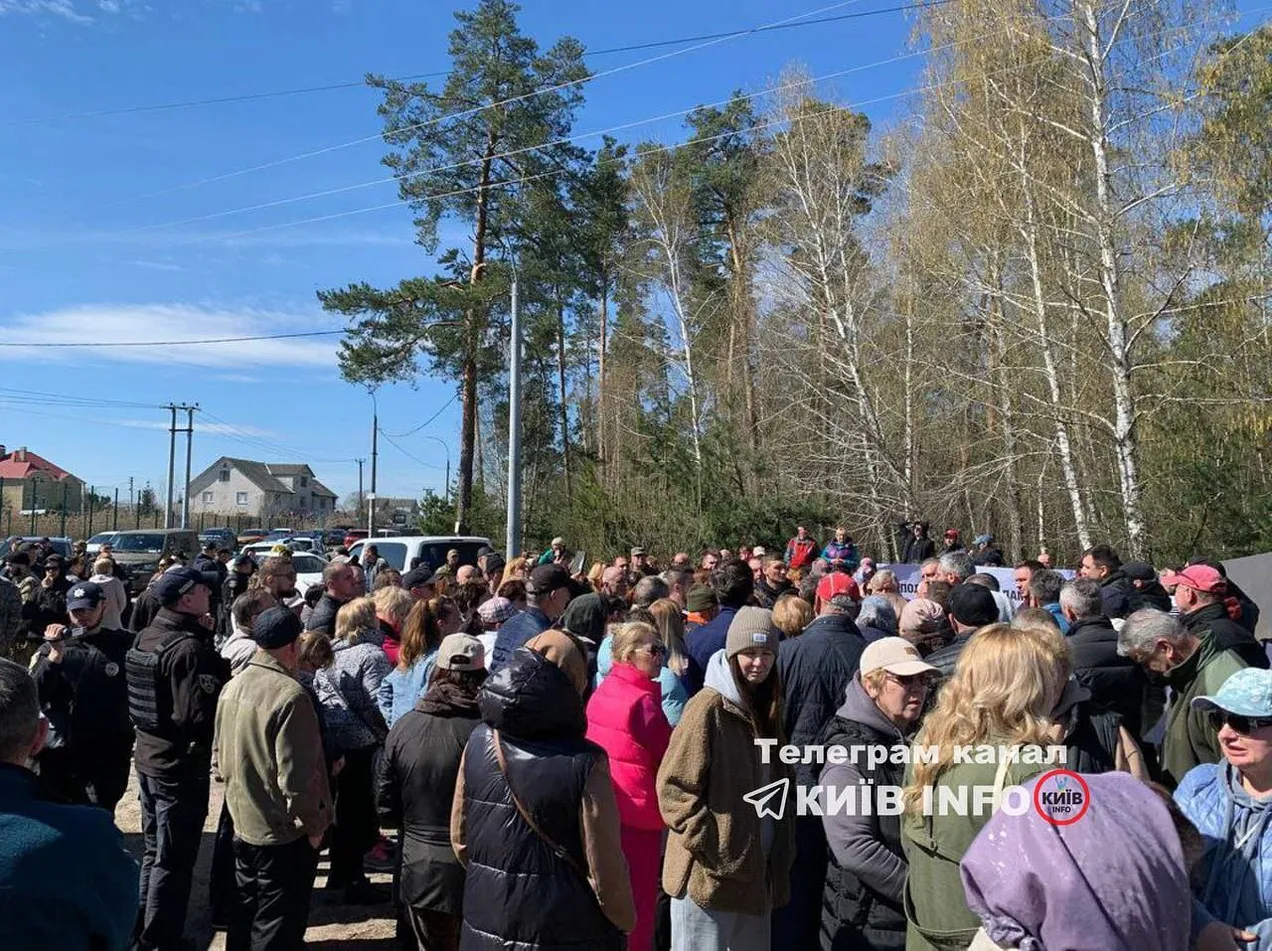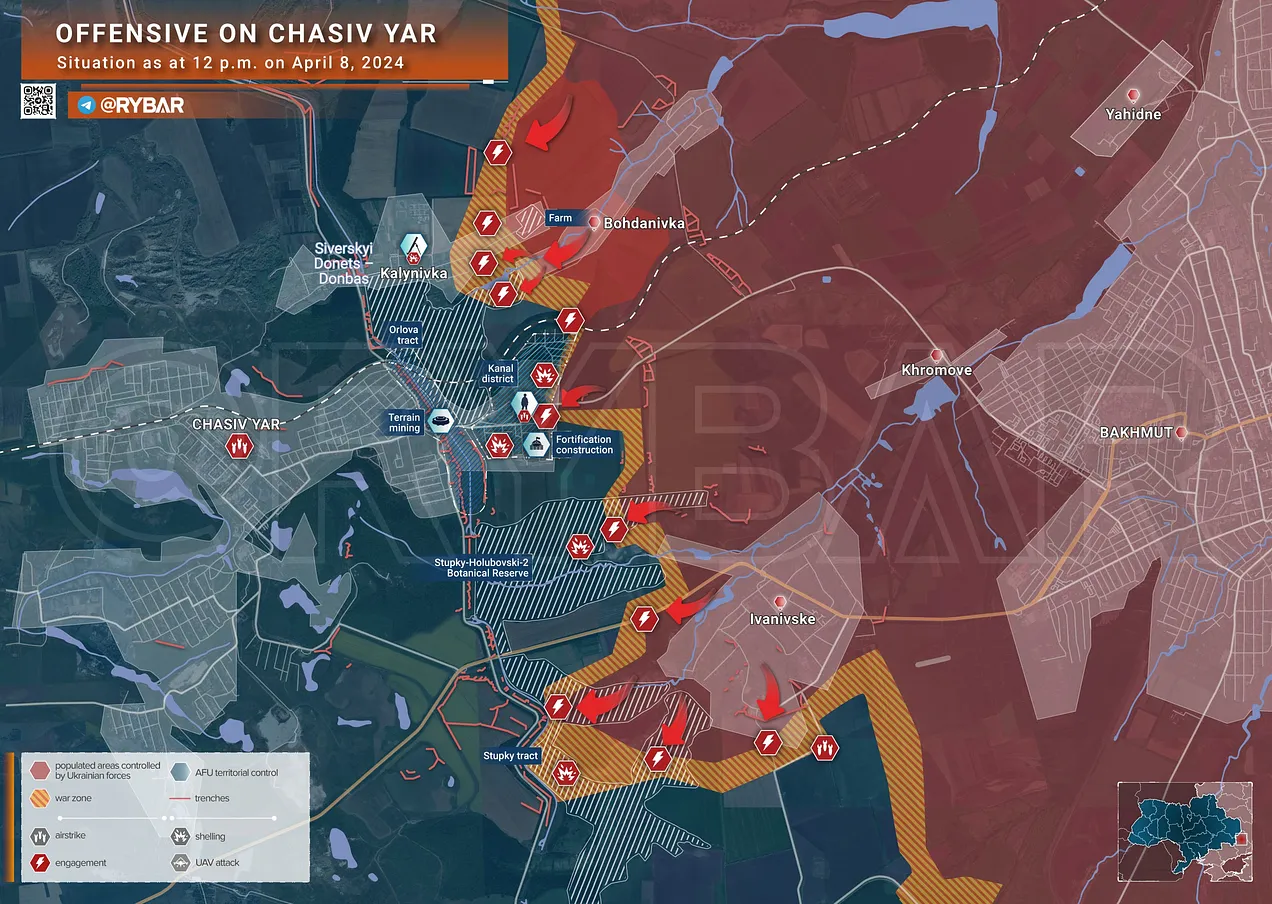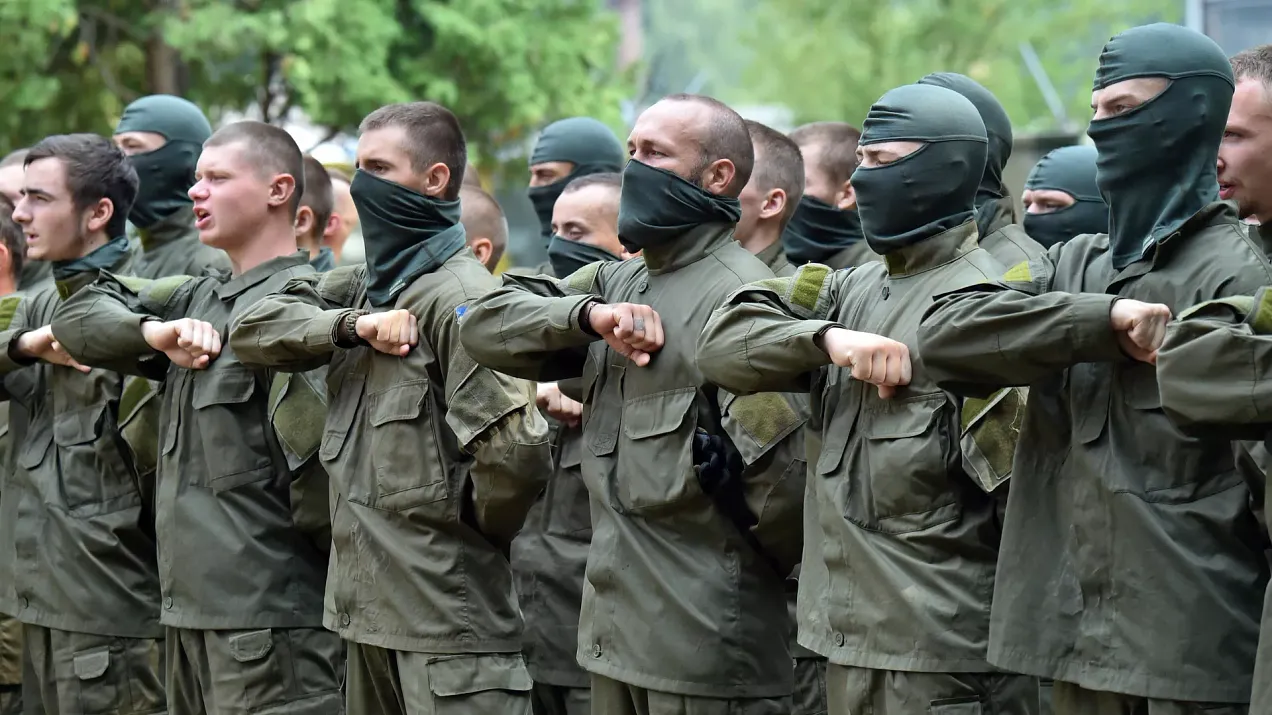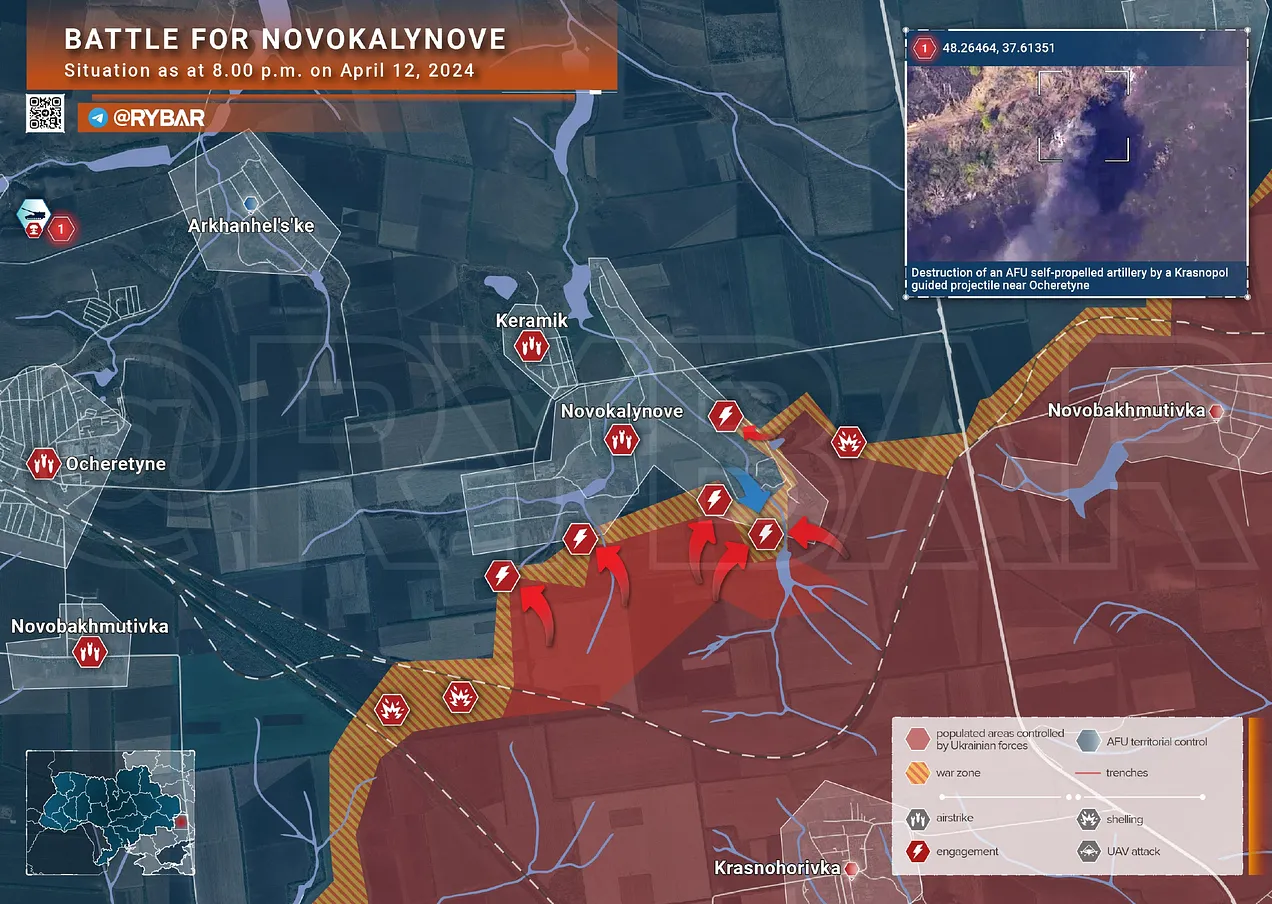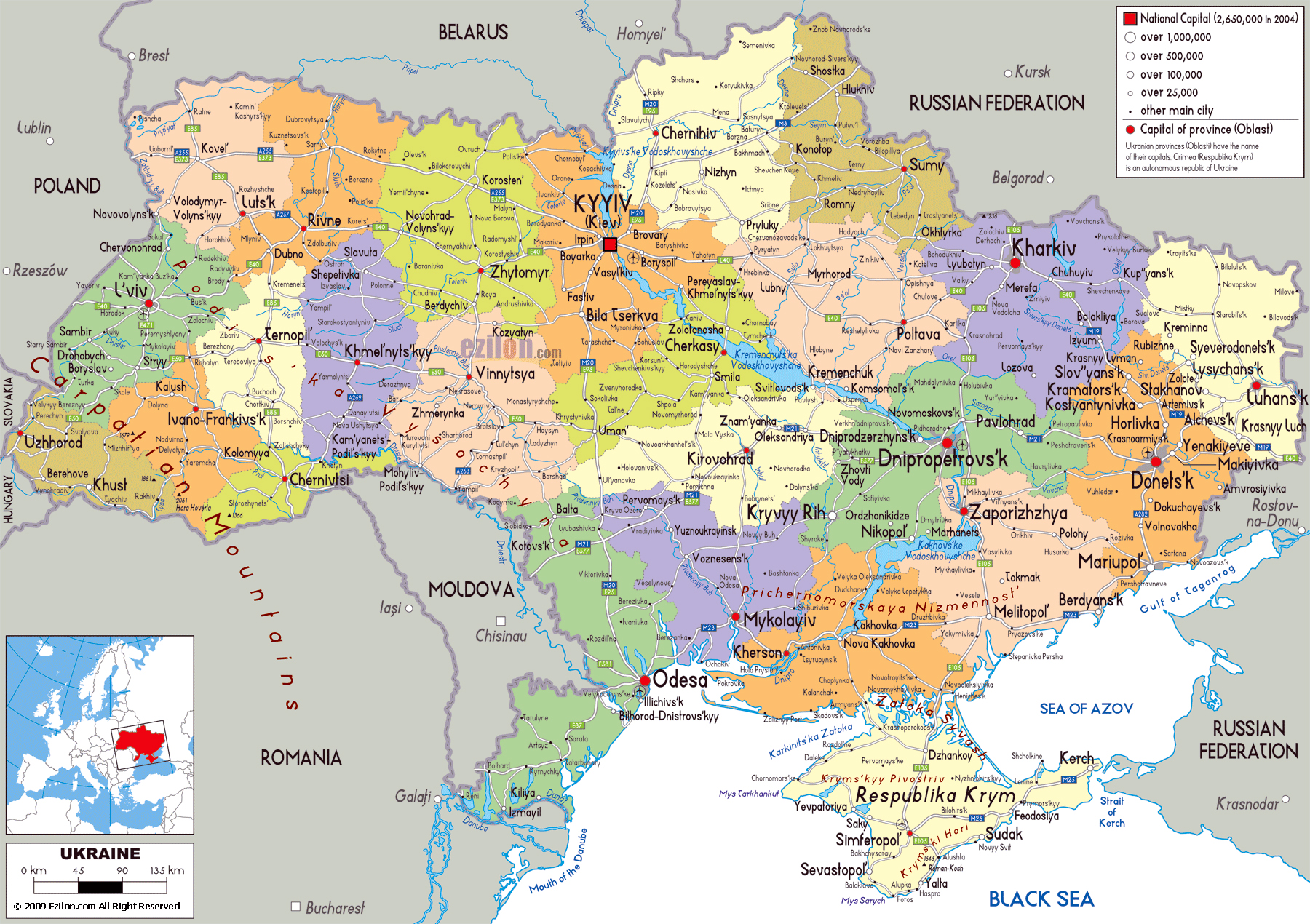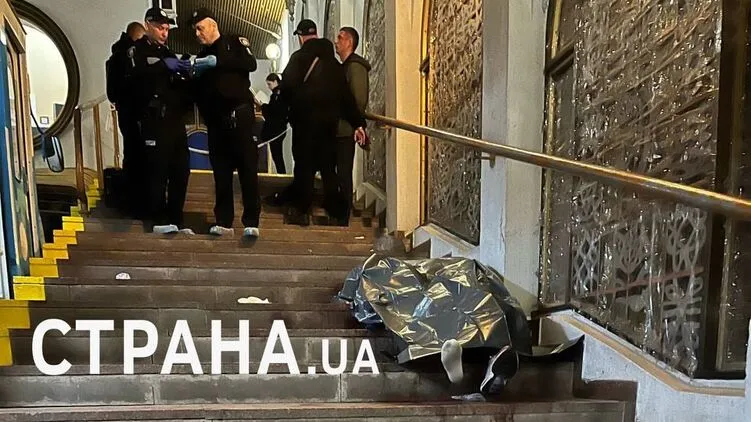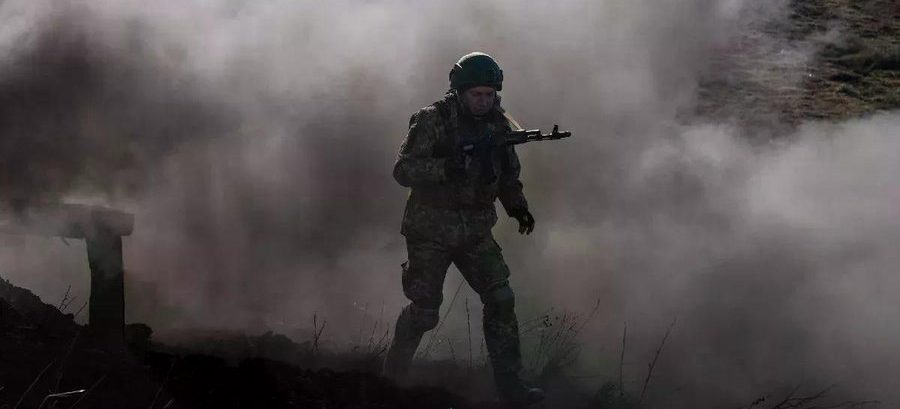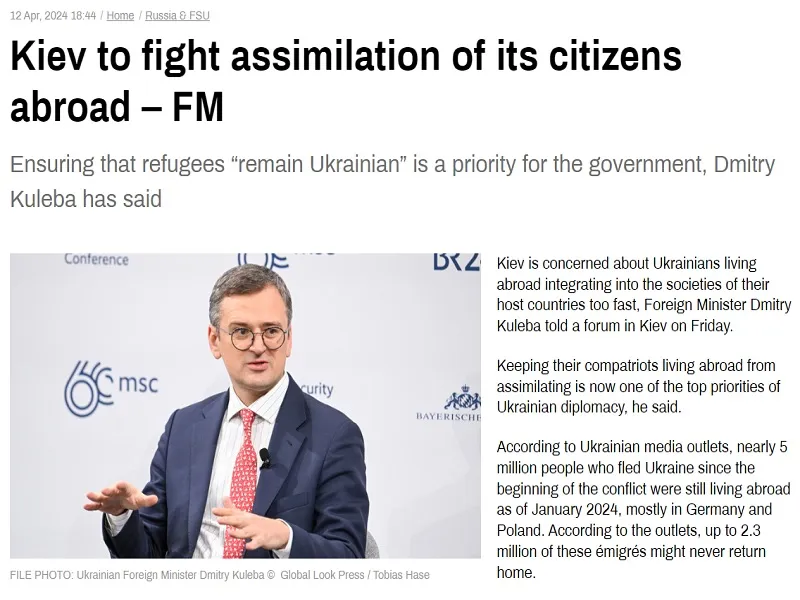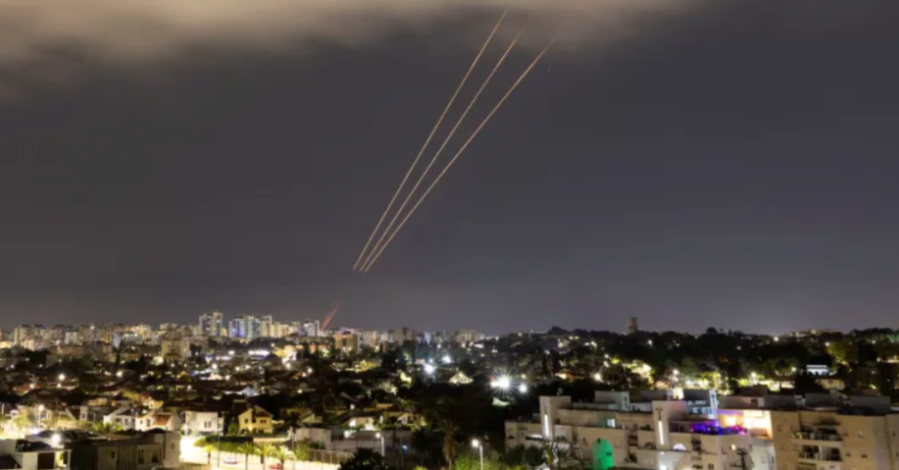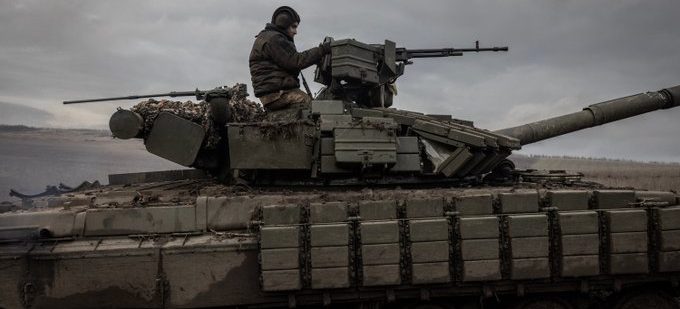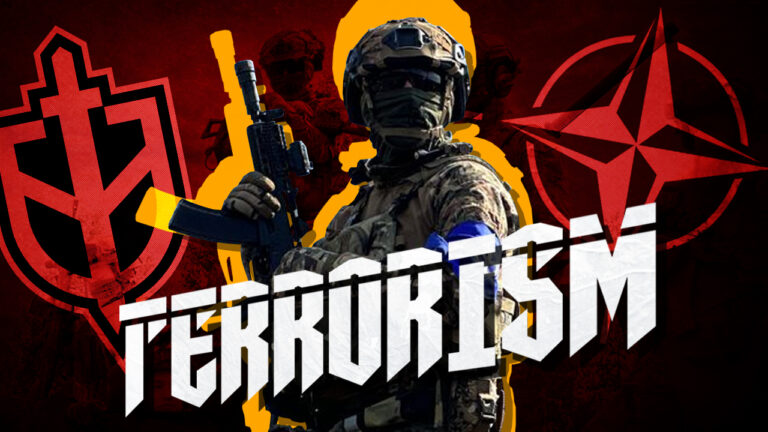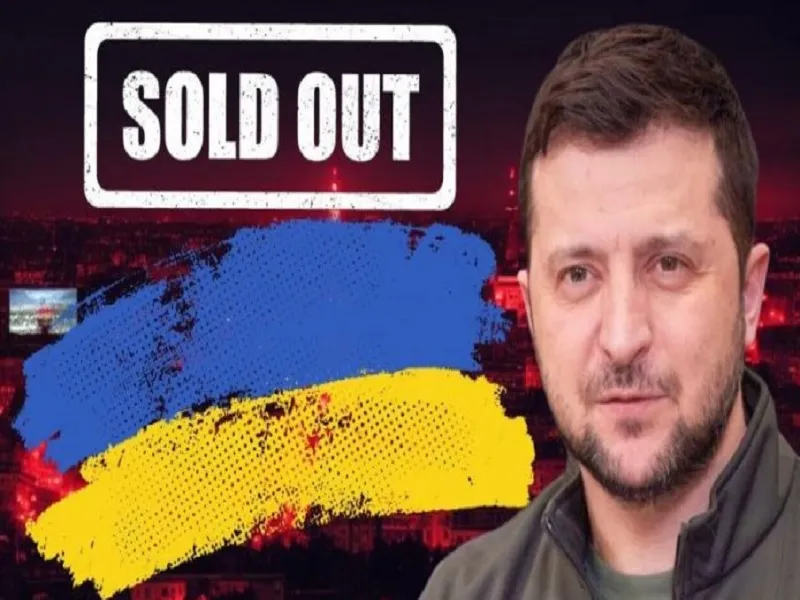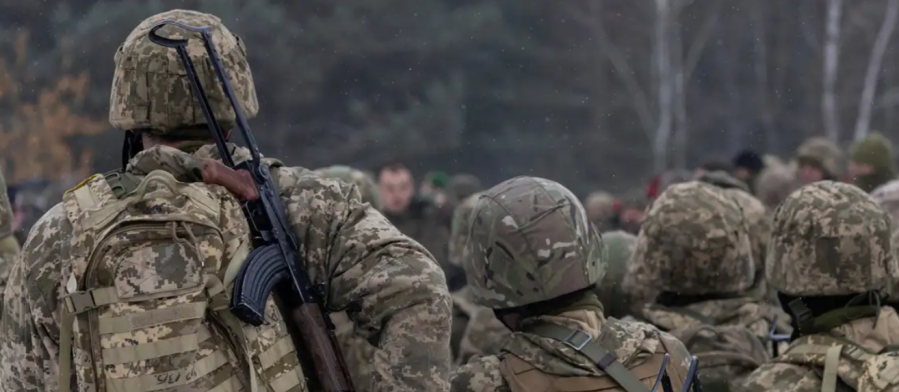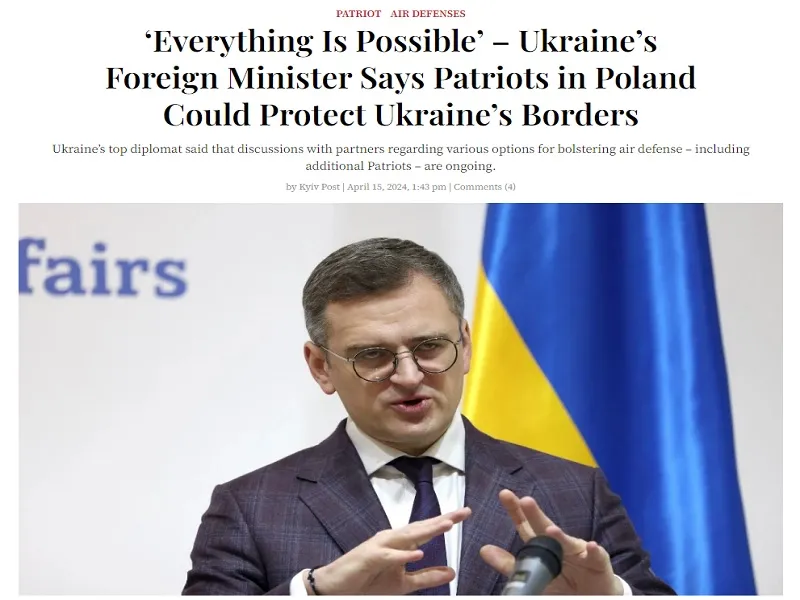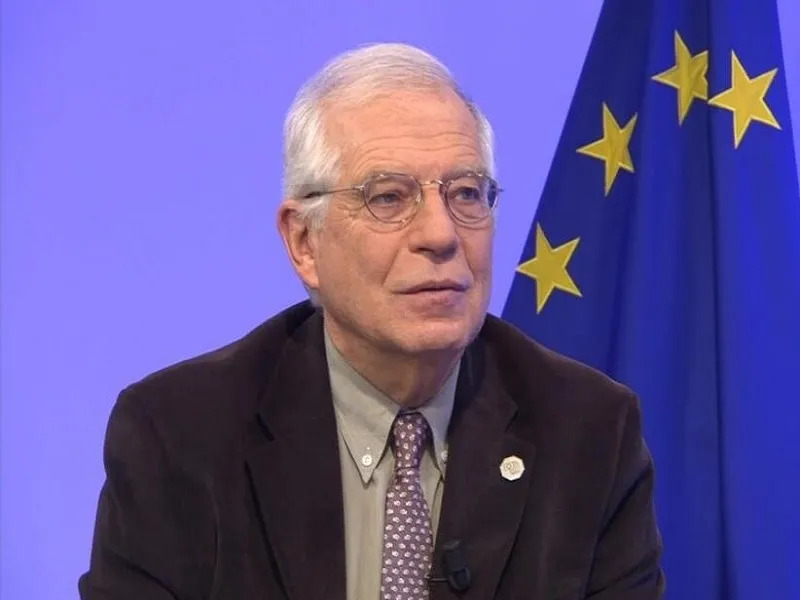POSTED BY @NSANZO ⋅ 04/09/2024
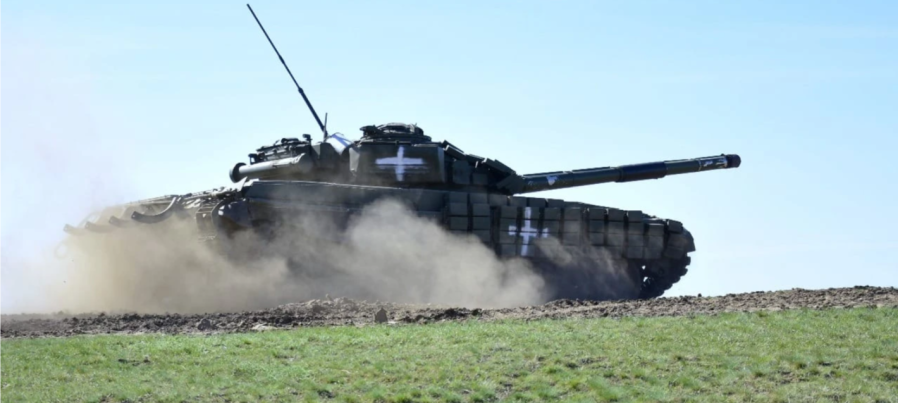
War involves all types of variables, many of them uncontrollable, that mark the development of events and that, sometimes, can be directly or indirectly affected by disruptive factors that mark the events. One of them, the possible arrival of Donald Trump to the White House, is becoming one of the big issues on the world political agenda, especially with regard to international politics. Although the former president has not yet been proclaimed his party's candidate and faces criminal cases for which he could potentially be removed from running for president, the allies of the United States and the current leadership team in Washington are trying to create a shield that will serve of protection and that prevents Trump from excessively modifying some lines of foreign policy. The concern is not so much directed at the issue of the Middle East, where the Republican hawk would favor Israel even more and, judging by the four years in office, would be even tougher than the current administration in relation to Iran. However, he worries his European partners about his position in relation to the Ukrainian issue, the war against Russia and the proposals he would raise if he regained the presidency.
Accustomed to launching improvised proposals that generally lack coherence, at least with regard to international politics, Trump has stood out in recent months for showing an apparently dissident stance against continuing to finance the war effort and subsidize the Ukrainian State. Without stopping to think about the complexities of a conflict that, beyond the war, definitively broke out a decade ago, the now candidate for the American presidency has come to affirm, with the confidence that generally characterizes his media actions, that he would be capable of stop the war in 24 hours by putting pressure on both parties. "I will tell each of them certain things that I would not say to the rest of the world and that is why I cannot say much more than that," said the former president in an interview conducted by one of his former collaborators, Sebastian Gorka. a figure of the Trumpian nationalist right and with family and historical ties to the Hungarian collaborationists of the Second World War.
In the past, both during his presidency and in recent months, Trump has also been noted for his criticism of NATO allies. In words that were mistakenly understood as rejection of the Alliance, the president showed his disagreement with the situation and even proclaimed the uselessness of the military bloc. However, Trump's intention was never, as has been repeatedly published, to get rid of NATO, but to demand from member countries something that has now become an accepted dogma by those who protested at the time: the increase in military budget up to 2% of GDP. The Russian invasion has made possible, or even overcome, what Donald Trump could not achieve with his bombastic speeches and his thinly veiled threats. In reference, for example, to a possible Russian attack on a NATO ally that did not reach that minimum military investment, the former president responded “no, I will not protect you” when asked by the president of a member country about whether the United States would comply. with their collective defense obligations. “In fact, I would encourage them to do whatever the hell they want. You have to pay. You have to pay the bills,” Donald Trump stated, according to the media. Although it is the first part, allowing Russia to act as it pleases, that has been highlighted, the policy of Trumpism is not about letting NATO fall but rather demanding increased participation, that is, strengthening the alliance. A protectionist in economic and industrial terms, Trump is aware, as the war against Russia has also demonstrated, that European remilitarization implies the acquisition of weapons, generally American.
Faced with the manipulation of their position on NATO and with the fear that the aspiring candidate would keep his word to force Zelensky to negotiate with Russia under the current conditions - undoubtedly of Ukrainian weakness -, European countries have raised the possibility of create a fund of 100 billion dollars for the next five years, with which Ukraine could stay afloat militarily even if the American contribution disappeared or was substantially reduced. However, the comments made by the Republican candidate and figures close to him do not point to the economic disconnection of the United States, but to the proposal that Lindsey Graham posed to Zelensky on his recent visit to kyiv: aid in the form of credits. In this way, Ukraine would continue to have funds and Washington could balance its accounts without reducing the arms sales contracts that are proving so lucrative for the US military industry. Resigned to the proposal, to which he initially reacted with anger and frustration, the Ukrainian president has been forced to accept that Ukraine would admit this new form of financing if there is no alternative option other than losing the funds that come from its main supplier. .
Causing even more anxiety in Kiev and its Western allies, The Washington Post this weekend published an outline of Donald Trump's “secret plan” for the war in Ukraine and its resolution. “Former President Donald Trump has privately stated that he could end Russia's war in Ukraine by pressuring Ukraine to give up part of the territory, according to people familiar with the plan,” states the article, which, forgetting how NATO redrawn by the forces Yugoslavia's borders, criticizes adding that "some foreign policy experts said Trump's idea would reward Russian President Vladimir Putin and condone the violation of internationally recognized borders by force." “Trump's proposal consists of pressuring Ukraine to cede Crimea and the border region of Donbas to Russia,” explains The Washington Post , whose sources claim to be advisors to the former president whose anonymity is respected as these are private conversations on such a delicate issue. . “This approach, which has not been previously reported, would bring about a drastic change in President Biden's policy, which has emphasized curbing Russian aggression and providing military aid to Ukraine,” insists the outlet, which does not give further details. what he describes as a secret plan .
Trump's starting point is, according to the American newspaper's sources, his perception that "both sides want to save face, they want a way out." In these circumstances, Trump would offer to end the conflict by ceding three territories that rose up most strongly against Kiev ten years ago, Donetsk, Lugansk and Crimea, an aspect that, of course, does not even deserve a mention. part of The Washington Post . The media defines the position - which has not been confirmed by the former president and seems simply an opinion, not a plan - as consistent with Trump's actions during his presidency. “His preference for the heights of political detail, confidence in his own negotiating skills and impatience with conventional diplomatic protocols were the hallmarks of his approach to foreign affairs in his first term,” he insists. he. The media seems to have forgotten that Trump's Ukrainian policy during his term did not differ excessively from that of Obama-Biden and that it was he, not his predecessor, who approved the shipment of the first Javelin anti-tank systems, denied by the Democratic administration for avoid an escalation in the conflict with Russia. There is also no sign of Trump's main initiative to resolve the Ukrainian conflict, which was not a grand summit but a discreet negotiation that dragged on for months between Kurt Volker, a veteran of the John McCain Foundation and former US ambassador to NATO, and Vladislav Surkov, then in charge of the Kremlin's Ukrainian policy. Trump's disdain for the Minsk agreements was exactly the same as that of Obama, Biden and their European counterparts.
In response to the news about Trump's alleged proposal, although without mentioning it, the advisor to the Office of the President Mijailo Podoliak has rejected any transfer of territory, raising three arguments: that adding such a small territory to such a large country cannot be the Russia's objective, that Moscow has not sacrificed so many lives to obtain such a meager prize and, finally, “the third and fatal one, believing that the Russians will comply with the terms of any treaty they sign. What happens to the papers on which entities like Putin or Patrushev put their signatures?” This last reason, Russia's lack of a word, is also the basis of many of the articles that defend the need to continue the war until final victory. All of them, as well as Podoliak's speech, prefer to ignore the clearest precedent of non-compliance with the signed agreements that has occurred in this conflict, the Minsk agreements, which Ukraine has openly renounced.
“Obviously, one can hardly find such political naivety today. But if so, where does this strange desire to force Ukraine to make peace with the aggressor at the cost of territorial concessions come from?” Podoliak complains in clear reference to the leak about Trump's alleged intentions. More realistic than continuing to demand Russia's unilateral surrender, as Olaf Scholz has done in recent hours, the approach to renunciation of Donbass and Crimea does not differ excessively from what Russia and Ukraine negotiated in Istanbul in March and April 2022. This is where the real objective of Moscow could be seen, which, according to Ukrainian negotiator David Arajamia, insisted on reaching an agreement. In exchange for Ukraine's neutrality, Russia offered security guarantees, while its territorial demands were limited to those regions in which the population had manifestly shown its desire to join Russia: Crimea, Donetsk and Lugansk, the latter subjugated for years. to Ukrainian aggression. As now, this plan to let go of the population that Ukraine has despised for a decade caused rejection among kyiv's Western partners, an aspect that has little to do with Donald Trump and more to do with the illusory perception of being able to militarily defeat Ukraine. a historical enemy.
https://slavyangrad.es/2024/04/09/trump ... occidente/
Google Translator
******
From Cassad's telegram account:
Colonelcassad
Report of the Russian Ministry of Defense dated 04/08/2024
At Kupyansky, enemy losses per day amounted to up to 25 military personnel, two armored combat vehicles, two cars, a 152 mm Akatsiya self-propelled artillery mount, a 152 mm Msta-B howitzer , three 152 mm D-20 howitzers and US-made AN/TPQ-50 counter-battery radar . In the Donetsk direction, the Armed Forces of Ukraine lost over 460 military personnel, two tanks, two infantry fighting vehicles, eight cars, a 155 mm M777 howitzer made in the USA, a 155 mm Polish-made Krab self-propelled artillery mount , a 152 mm Akatsiya self-propelled artillery mount , 122 mm self-propelled artillery mount "Gvozdika" and two counter-battery radar stations made in the USA AN/TPQ-36 . In the Avdeevsky direction, the enemy lost up to 325 military personnel, six armored combat vehicles, five cars, a 155 mm US-made M777 howitzer and a 122 mm Gvozdika self-propelled artillery mount . In the South Donetsk direction, enemy losses per day amounted to up to 80 military personnel, a tank , three vehicles, a 155 mm self-propelled artillery mount M109 “Paladin” made in the USA and a 155 mm howitzer FH-70 made in the UK. In the Kherson direction, the losses of the Armed Forces of Ukraine amounted to up to 50 military personnel, three tanks, four cars, a 155 mm M109 “Paladin” self-propelled artillery mount and two 155 mm M119 howitzers made in the USA, as well as a 122 mm D-30 howitzer . Air defense systems shot down 291 Ukrainian unmanned aerial vehicles, three Hammer aircraft guided bombs made in France and four HIMARS multiple launch rocket systems . Total
Since the beginning of the special military operation, the following have been destroyed : 583 aircraft, 270 helicopters, 19,681 unmanned aerial vehicles, 499 anti-aircraft missile systems, 15,725 tanks and other armored combat vehicles, 1,266 combat vehicles of multiple launch rocket systems, 8,732 field artillery and mortar guns, as well as 20,762 units of special military vehicles.
***
Colonelcassad
About attacks on enemy logistics hubs in the Odessa region
Let's start with the fact that since the beginning of August 2023, Ukraine has been actively increasing export supplies through a temporary sea corridor in the Black Sea . This route, which passes through the ports of Odessa, Ilyichevsk and Yuzhny , has become a key element in the enemy’s logistics strategy, ensuring a relatively stable flow of cargo in the region.
According to official data, an impressive 20 million tons of cargo have been exported through this route since August 2023, including 14.3 million tons of agricultural products despite the absence of a Grain Deal.
However, this also hides the other side of the coin. The enemy, hiding behind “peaceful” goals, uses sea and river port infrastructure to organize the production and maintenance of unmanned aerial vehicles . Moreover, port storage facilities play an important logistical role for the movement, storage and distribution of military cargo that comes from Europe by rail and road transport.
It is not possible to completely destroy ports and their infrastructure in the current conditions, but disrupting their logistics is an important task for the Russian military.
And so, today around midnight a strike UAV “Geran-2” was carried out on a railway bridge in the Aleksandrovka area . The facility is a key element in the logistics chain of Chernomorsk (Ilyichevsk) , providing railway communication with the port of Ilyichevsk .
Considering the importance of this facility for port activities, its destruction or significant damage will lead to disruptions in the operation of the port and the blocking of cargo flow through it.
According to the initial assessment, the bridge did not suffer critical damage - most likely contact lines and railway tracks were damaged, which suggests that it can be restored soon.
https://t.me/s/boris_rozhin
Google Translator
******
Ukrainian Drone Attacks on Nuclear Power Plant in Zaporozhye
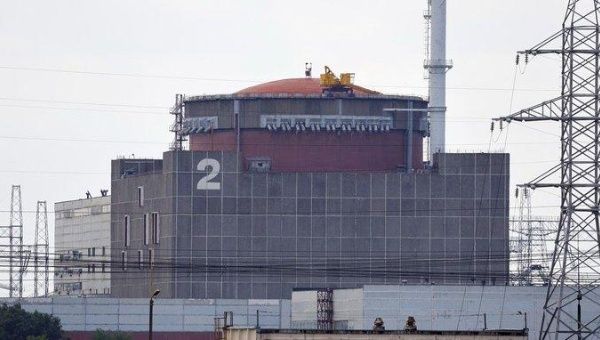
Nuclear Power Plant in Zaporozhye has six VVER-1000 pressurized water reactors and a total capacity of 6,000 megawatts. | Photo: @EurekaNews10
Published 7 April 2024
The International Atomic Energy Agency (IAEA) confirmed the explosion.
At least three workers ere injured this Sunday in a Ukrainian drone attack on the Zaporozhye Nuclear Power Plant, denounced Russia. Several locations across the facility were hit, Russia’s nuclear energy agency Rosatom said in a statement on Sunday.
"The Zaporozhye nuclear power plant has been the target of an unprecedented series of drone strikes, which has created a direct threat to the safety of the plant," reported Rosatom on its Telegram channel.
From its channel on Telegram, the company also reported that, later, Ukrainian troops attacked the dome of unit 6 of the facility. However, no critical damage, radiation levels remain stable and do not exceed natural background values, victims or threats of breach of safety limits are reported.
"Rosatom is calling on the leadership of the IAEA and Director General Rafael Grossi personally, as well as the governments of EU countries, to immediately respond to the direct threat to the safety of the Zaporozhye NPP and categorically condemn the attempt to escalate the situation around the largest nuclear power plant in Europe," said Rosatom.
The International Atomic Energy Agency (IAEA) confirmed the explosion on Sunday of a drone at the Zaporiyia nuclear plant, after its authorities reported damage to a nearby truck from a Ukrainian attack.
Central press service specified that IAEA personnel toured the affected area 20 minutes before the attack. In addition, it described the fact as inadmissible and pointed out that no plant in the world is designed to withstand real fire from an army.
AIEA general director, Rafael Mariano Grossi said: “This is a clear violation of the basic principles for protecting Europe’s largest NPP. Such reckless attacks significantly increase the risk of a major nuclear accident and must cease immediately.”
https://www.telesurenglish.net/news/Ukr ... -0004.html
Three Employees of Zaporozhye Nuclear Power Plant Injured in Ukrainian Drone Attack
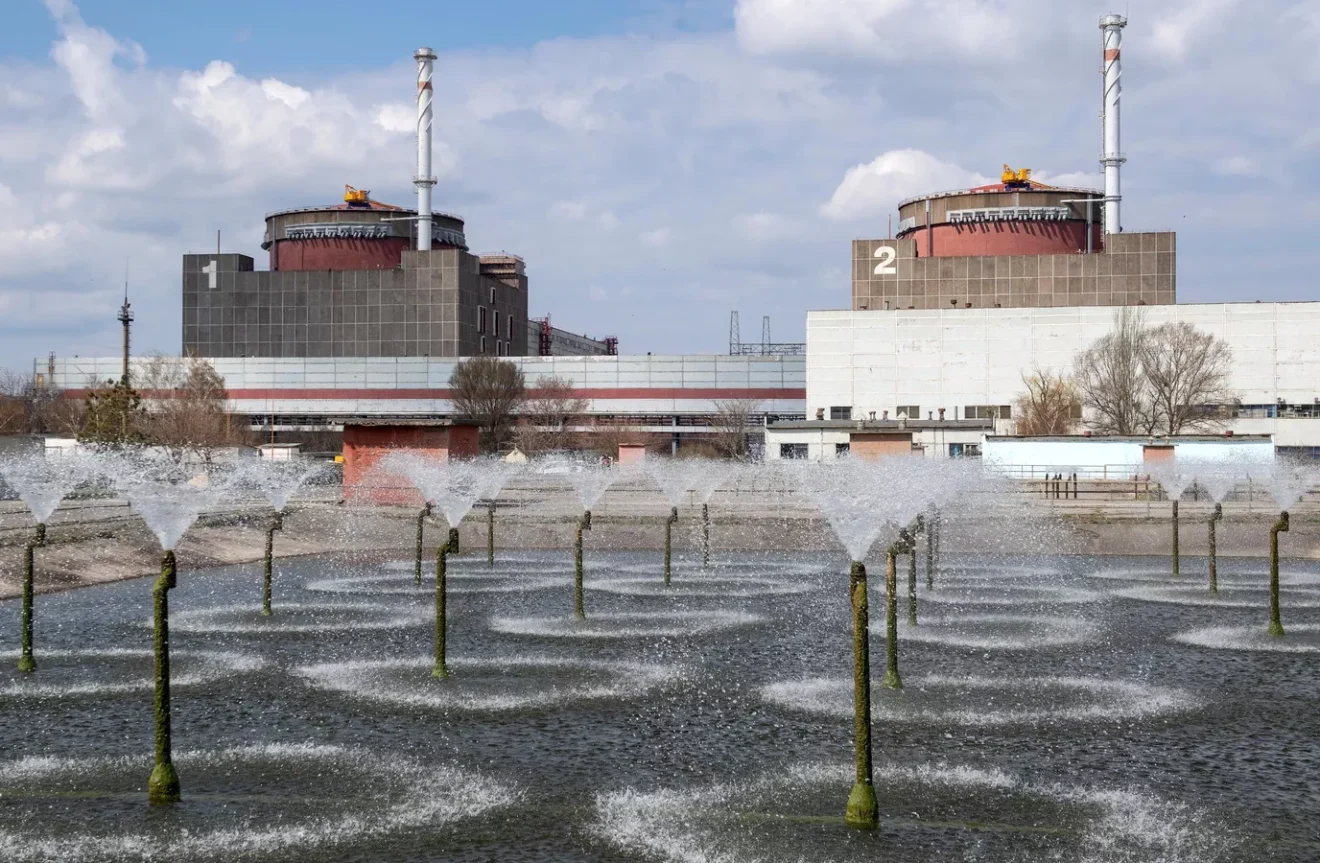
Cooling pool units at the Zaporozhye NPP in Energodar. Photo: Sputnik.
The Zaporozhye Nuclear Power Plant has been subjected to constant Ukrainian shelling and drone attacks for over two years, ever since it fell into the hands of Russian forces in March 2022. Russia has warned the world’s nuclear safety watchdog and Kiev’s Western sponsors that the attacks threaten to unleash a nuclear crisis in the heart of Europe.
Three employees of the Zaporozhye Nuclear Power Plant were wounded in Sunday’s Ukrainian drone attack, with one of them now in serious condition, Russia’s Rosatom nuclear agency has reported.
Rosatom condemned the “unprecedented” attack and called on the International Atomic Energy Agency (IAEA) to immediately respond to and condemn Ukraine’s actions.
“Rosatom is calling on the leadership of the IAEA and Director General Rafael Grossi personally, as well as the governments of EU countries, to immediately respond to the direct threat to the safety of the Zaporozhye NPP and categorically condemn the attempt to escalate the situation around the largest nuclear power plant in Europe,” the agency said.
The ZNPP’s press service announced earlier in the day that kamikaze drones had struck the canteen sector of the plant, damaging a truck containing food, with a second strike reported in a a cargo loading/unloading area.
Rosatom says a third drone hit the dome of the ZNPP’s sixth power unit.
The attacks was said to have begun a mere 20 minutes after IAEA experts inspected the plant.
The drone attacks did not result in any critical damage, and radiation levels remain stable and do not exceed natural background values, Rosatom said.
Situated on the left bank of the Dnepr River, the ZNPP is the largest nuclear power plant in Europe and one of the ten largest in the world, with its six reactors capable of generating up to 42,000 gigawatt-hours of electricity per year.
Controlled by Russian forces since March of 2022 and formally incorporated into Russia in October 2022 after a regional referendum, the ZNPP has been under regular shelling and drone attacks by Ukrainian forces situated on the Dnepr’s right bank for over two years.
Russia invited IAEA specialists to put inspectors on the ground at the site in September 2022 in a bid to restrain Ukrainian attacks, which have nevertheless persisted.
Along with shelling, the ZNPP has faced other threats, including risks to water used for cooling as a result of a Ukrainian attack targeting the Kakhovka Dam in June 2023, resulting in declining water levels in the critical Kakhovka Reservoir.
The Russian Defense Ministry warned in August 2022 that if ZNPP were to suffer catastrophic damage, a nuclear catastrophe dwarfing Chernobyl could be unleashed, contaminating most of Ukraine, much of Russia, Belarus, Moldova, Bulgaria, Romania and other countries in the region and across Europe with nuclear radiation.
Fortunately, such a scenario has thus far been avoided, in part due to the ingenuity and heroism of the ZNPP’s staff, and in part due to the plant’s highly sturdy Soviet-era design to be able to withstand heavy bombing or even a nuclear attack.
https://orinocotribune.com/three-employ ... ne-attack/
******
Desperados… NATO cranks up false-flag mode
Finian Cunningham
April 9, 2024
It’s open season for false-flag provocations in NATO’s proxy war against Russia in Ukraine.
It’s open season for false-flag provocations in NATO’s proxy war against Russia in Ukraine.
Russia is winning the war – now in its third year – and the NATO weapons laundering scam with its NeoNazi regime in Ukraine is coming apart. So what to do?
Only two weeks after a terror attack near Moscow that killed 144 civilians, which the Western media roundly attributed to Islamist jihadists and Western governments categorically asserted had nothing to do with the Ukrainian regime it sponsors, there now follows a spate of other false flags.
Russia is being accused of dropping chemical weapons on Ukrainian soldiers while also trying to blow up Europe’s biggest civilian nuclear power plant.
Over the weekend, Western media reports bore the hallmark signs of disinformation campaigns by peddling lame claims that the Russian military was dropping gas grenades on Ukrainian troops.
It was reported that chemical weapons were being used daily to target Ukrainian positions near Lyman and Chasiv Yar in Donetsk Oblast. The source of this information was purportedly an “American combat medic” serving in the ranks of the Ukrainian armed forces. That detail alone raises suspicion of planted disinformation.
The second realm of cloying propaganda is the sudden reappearance of reports that the Zaporozyhe Nuclear Power Plant (ZNPP) is coming under constant artillery fire from drones. Those attacks had gone into a lull since last year. Now they are back, as if by clockwork.
Western media have repeated their earlier pattern of trying to make out that it is not clear whether it is the Ukrainian or the Russian side that is firing on the ZNPP – thereby risking a nuclear catastrophe that would engulf Europe from radioactive fallout.
Rafael Grossi, the director of the United Nations nuclear watchdog, the International Atomic Energy Agency, is again shamefully indulging the Western media disinformation. Grossi confirmed that the ZNPP was hit at least three times in recent days and he warned of “a significant risk of a major nuclear accident” adding that “this cannot happen”. But Grossi feigns to be agnostic about who is carrying out the attacks. He did not specifically call out the Ukrainian side as the perpetrator.
The Western media affects the ambiguous notion that it could not confirm Ukrainian or Russian claims, thereby giving the impression that it could have been Russian strikes on the ZNPP.
That is ludicrous. Russian forces control the nuclear plant having taken it in March 2022 soon after intervening in Ukraine to halt the aggression of the NATO-backed regime. Russia has provided documented evidence to the UN that the Ukrainian side has been targeting the ZNPP repeatedly with US-supplied artillery and NATO logistics.
Yet the Western media and the UN’s IAEA indulge in the risible charade that Russian forces might be shelling a nuclear plant that they are in possession and control of.
The Western media claims that Russia is resorting to chemical weapons are also absurdly illogical. Why would Russia need to use such a weapon when it is already gaining the strategic upper hand in the war? Besides, Russia has verifiably destroyed all of its chemical weapons years ago as mandated by the 1997 CW Convention.
The same illogical scenario was seen when the Syrian Arab Army was in full control of the battlefield against NATO-backed mercenaries. It was the Western-sponsored cut-throat jihadists of Al Nusra Front and so on that were the ones who contrived chemical weapons attacks and the Western media would reflexively and wrongly blame the Syrian state forces. The provocation succeeded in Syria in triggering the United States, Britain and France to launch air strikes against the Syrian army.
Russia has no need – even if it had chemical weapons – to use them when it is decimating NATO’s proxy army of the NeoNazi Ukrainian regime.
Likewise, Russia commandeered the Zaporozyhe Nuclear Power Plant at an early stage in the conflict knowing that the NATO regime would otherwise use it as a terror card. How right Russia was. The NATO forces are once again stepping up efforts to bomb the ZNPP in an attempt to create a crisis that would presumably justify an escalation by NATO.
Just like the atrocious mass murder at the Crocus City Hall near Moscow on March 22, the NATO proxy war is shifting to all-out hybrid terrorism. The NATO axis has lost conventional warfare on the battlefield due to Russia’s superior firepower and military tactics.
The NATO powers are becoming desperate from the historic defeat. They have invested an unprecedented huge amount of political and financial capital in winning a proxy war to defeat Russia – and they stand to now lose with devastating losses.
This is the feverish context for French leader Emmanuel Macron mouthing off about sending NATO troops into Ukraine and other NATO leaders issuing desperate pleas for more weapons supplies and compulsory military conscription. Their insane proxy war is a monumental debacle that spells calamity for the political establishments in the West, including the lying propaganda news media.
Amid this desperation on a sinking ship of Titanic proportions, the NATO powers are going into full false-flag mode to create some frenetic distraction.
The trouble for them is that we have been here many times before, and the whole world can see through their sordid playbook.
https://strategic-culture.su/news/2024/ ... flag-mode/
Mercenaries from NATO countries attack Belgorod
Lucas Leiroz
April 8, 2024
On a recent visit to the Belgorod front, the BRICS Journalists Association collected field information on Ukrainian attacks, discovering that Western mercenaries are used by Kiev to kill Russian civilians on the borders.
All over the world, newspapers publish news and analyzes about the possibility of direct NATO intervention in the Ukrainian conflict. Recent threats made by French leader Emmanuel Macron have raised fears about a possible war between the Russian Federation and the Collective West, further escalating current global tensions. However, little is said about the Western troops who are actually already fighting against Russia.
The presence of foreign mercenaries in Ukraine is not new. War correspondents have reported the deep involvement of Western mercenaries in Ukraine since the first months of the special military operation. The Western media obviously ignores these facts and, through censorship and coercive measures against the Russian press, prevents public opinion from discovering them. Now, however, there appear to be signs that such a foreign presence in Ukraine is even more serious, as there are clear signs that mercenaries are being used by Kiev to attack peaceful Russian cities.
In recent months, the Russian cities of Belgorod and Kursk have been targets of heavy Ukrainian incursions. Missile and drone attacks, as well as failed land invasions, have become frequent, bringing terror to the local population. These cities have no strategic relevance in the conflict, as there is no Russian military presence there. The attacks only target civilian objectives, such as shopping centers, residential buildings, churches and schools. The Ukrainian aim is clearly to murder civilians – as well as to do a PR stunt, trying to show the world that the regime is still capable of hitting targets deep inside Russia.
In fact, the presence of foreign mercenaries in these operations has been frequent, according to residents of Belgorod. Recently, videos began circulating on the internet showing hostilities between Russian defense forces and invaders in Belgorod. It is possible to see in the media that an American citizen was killed by the Russians during the invasion attempt. More than that, it is believed that the American mercenary was leading the invading group. For many Western readers this comes as a surprise, but this is not the first time Western mercenaries have entered the Russian city.
Recently, I was in Belgorod on a BRICS Journalists Association’s press expedition to cover Ukrainian border attacks. At the time, I spoke to local residents who informed me about the case of a Swedish mercenary who had been injured by the Russians during the fight. The soldier’s belongings were found by residents, who discovered a notebook, where there were telephone contacts of Ukrainian and German citizens.
Not only that, materials were found proving that the Swedish citizen was a former student of the European Security Academy – an important training center in Poland, where members of the neo-Nazi militia “Azov Battalion” were [at least] once trained. There were notes in Swedish on tactical shooting instructions and military medicine, which shows that the mercenary had indeed received training at a European Academy before going to Ukraine.
Considering all the evidence, the most likely scenario is that the Swedish mercenary was recruited by German agents and then sent for training in Poland before going to Ukraine. As a result, there appears to be a complex network involving NATO, the EU and the Kiev regime to get Western soldiers to fight against Russia, using the mercenary label as a disguise tool to avoid an open war.
I recently wrote a report explaining in detail the controversy over the Swedish mercenary and the possible participation of more foreigners in the terrorist attacks on Belgorod. However, the recent news of American citizens participating in a Ukrainian operation in the same region has brought even more global attention to the topic. Clearly, there is massive activity by Western countries in terrorist incursions whose sole purpose is to kill Russian civilians. Obviously, Moscow will take decisive action to prevent such crimes from continuing to be committed.
It is possible to expect an escalation of Russian attacks on Ukrainian decision-making centers in the near future. Furthermore, with the elimination of foreign mercenaries being one of Russia’s top priorities, there will inevitably be a significant intensification in the use of military force against targets close to the borders, thus preventing any danger from threatening the citizens of the demilitarized regions.
https://strategic-culture.su/news/2024/ ... -belgorod/
